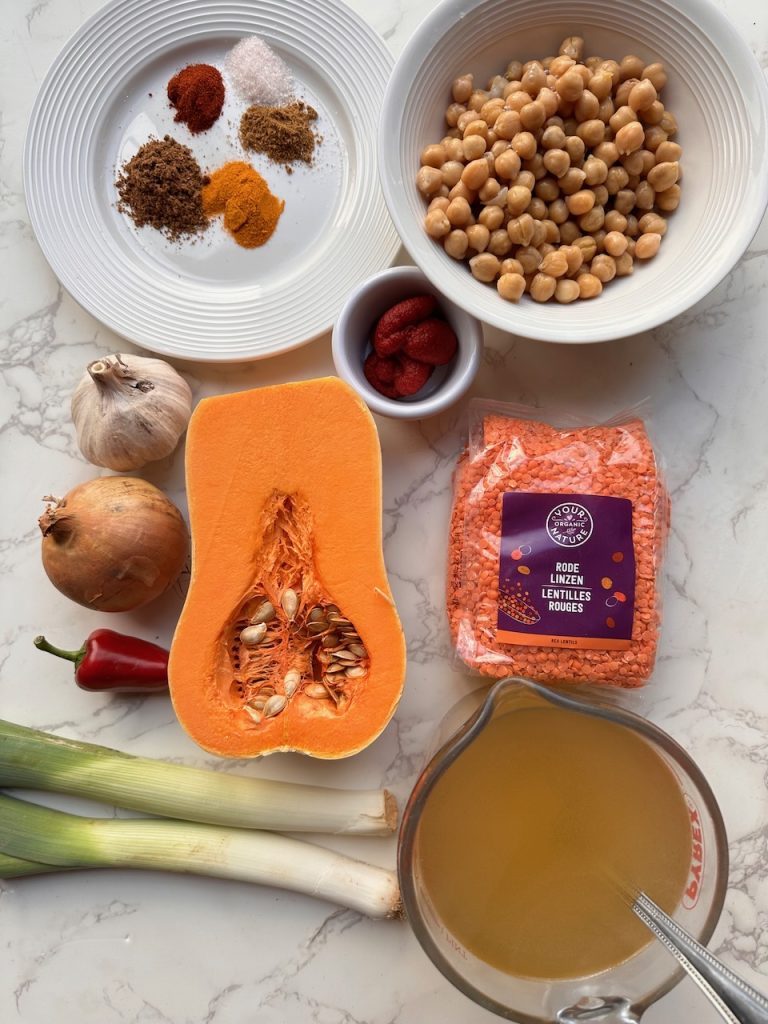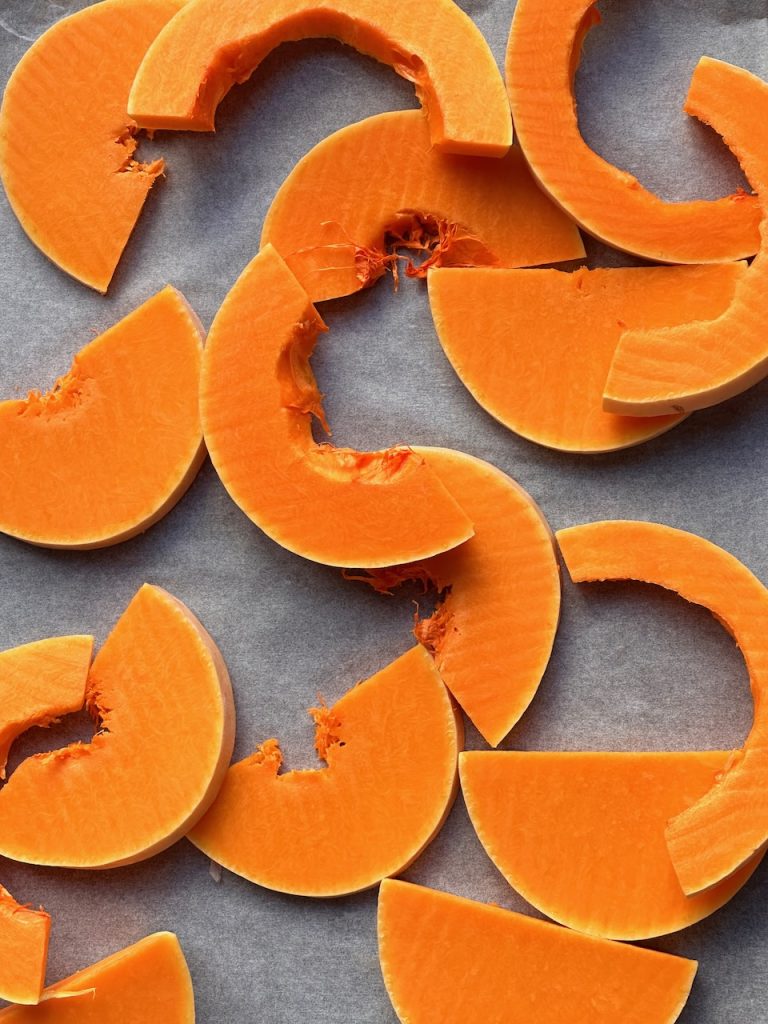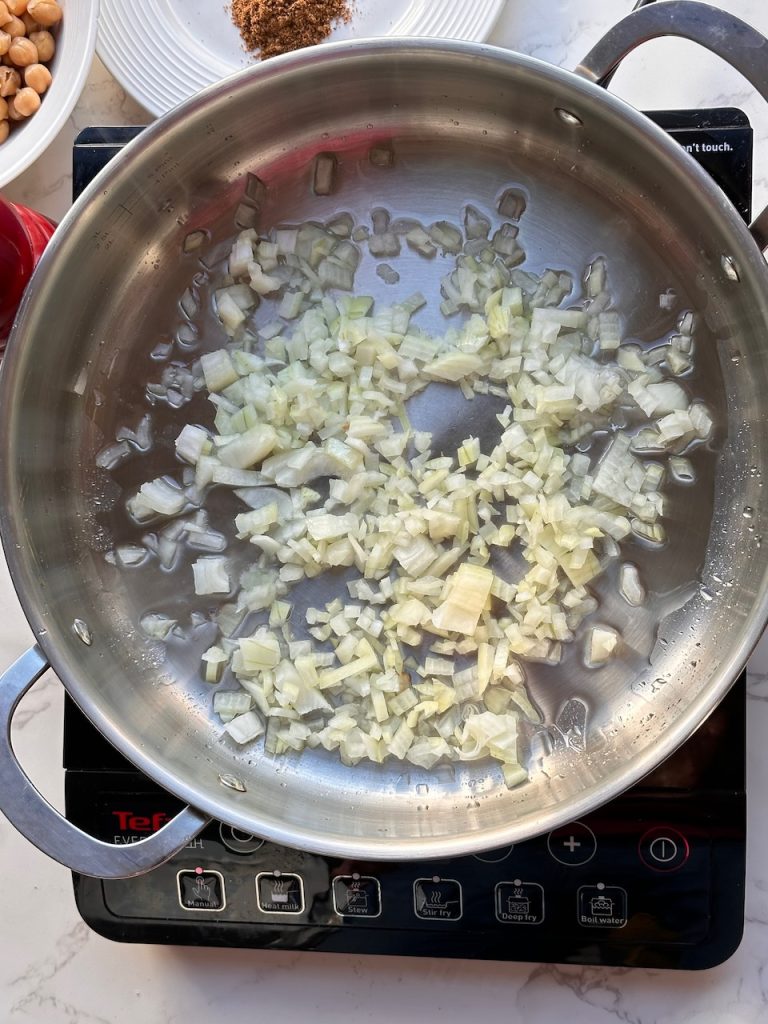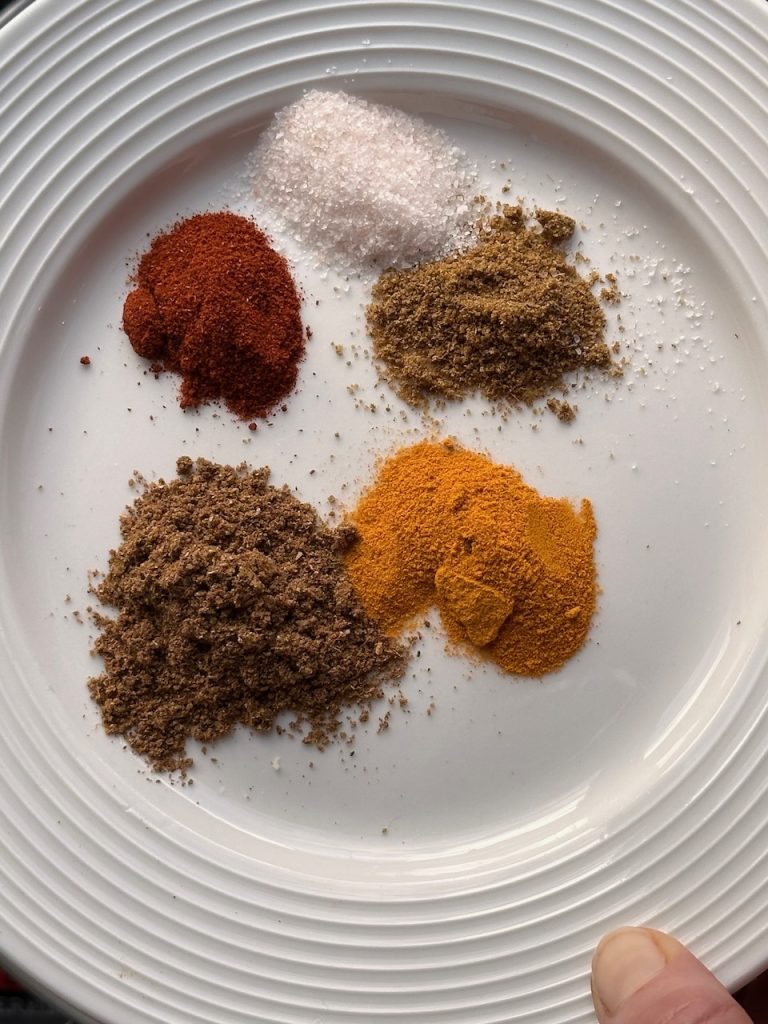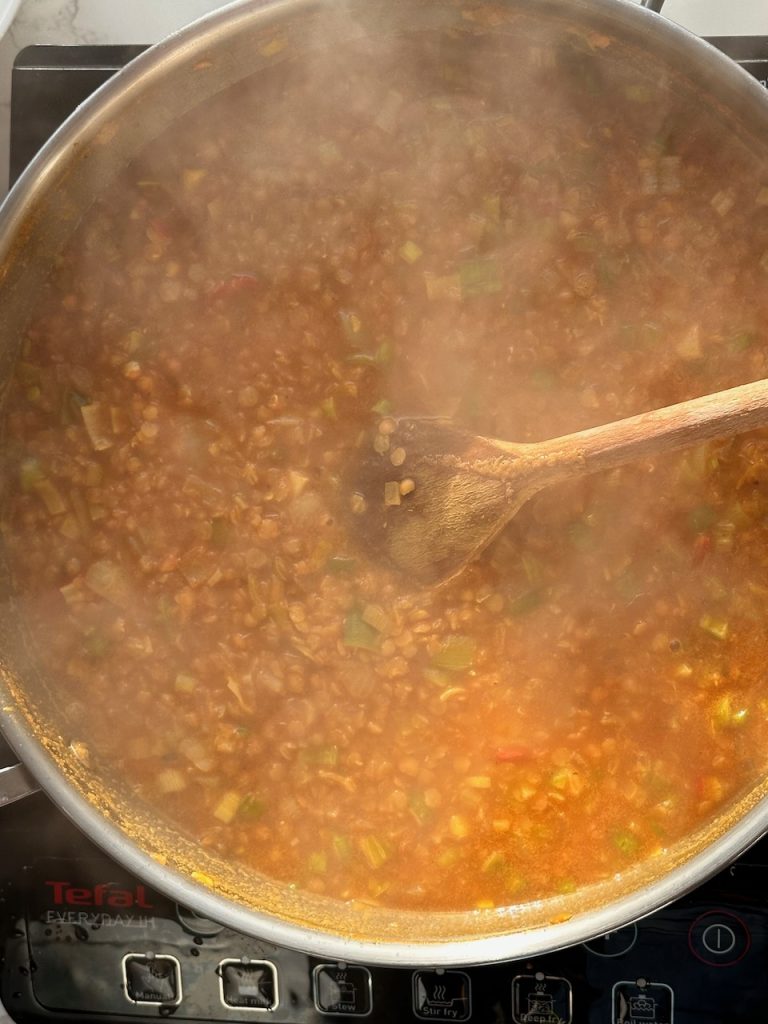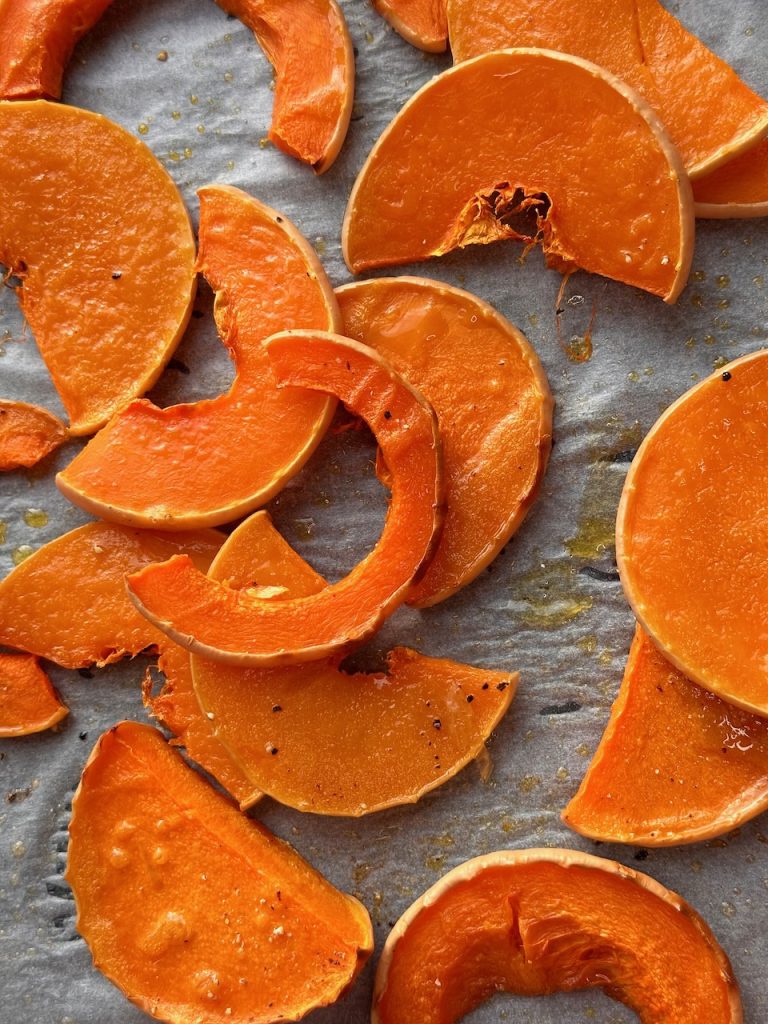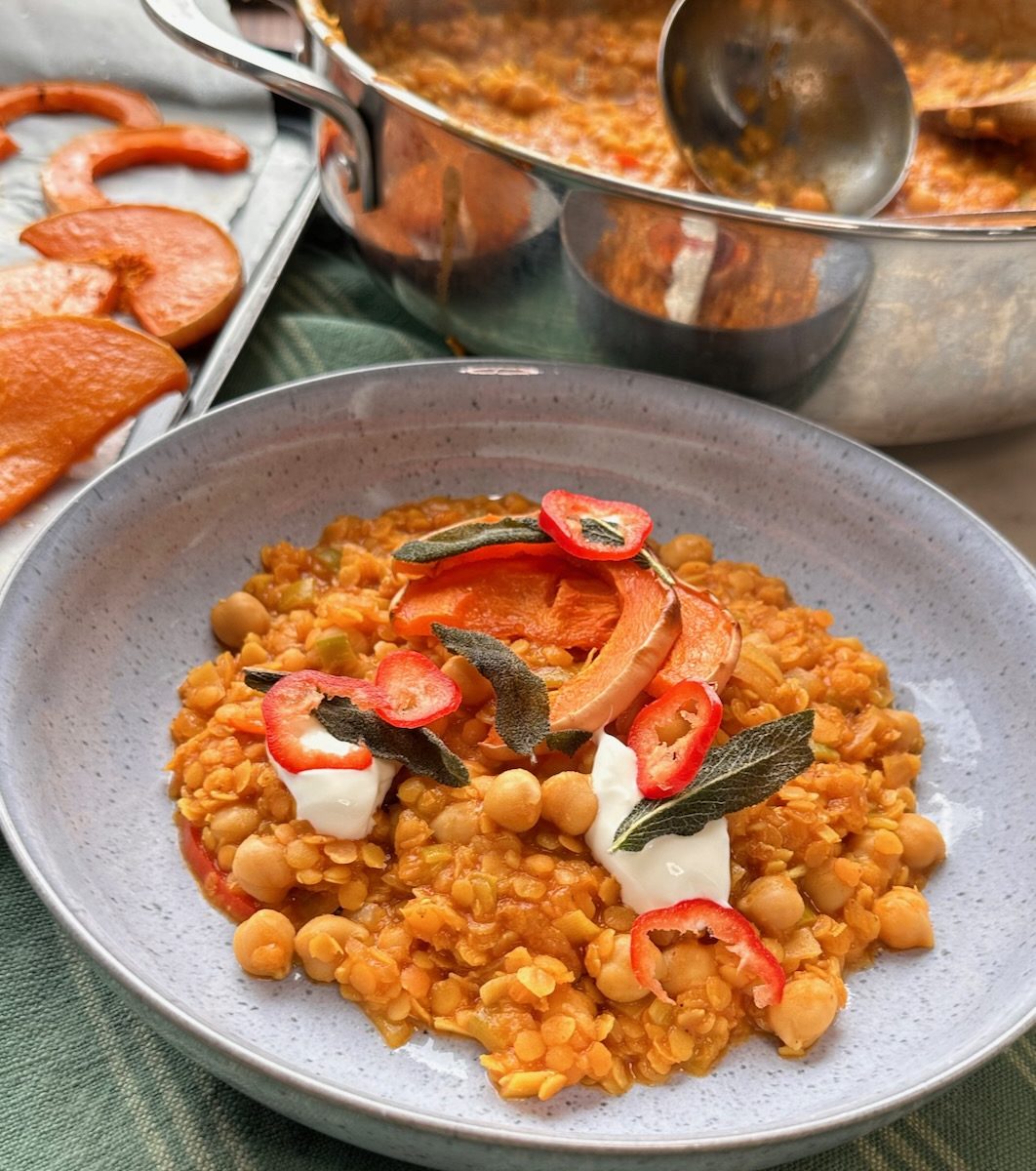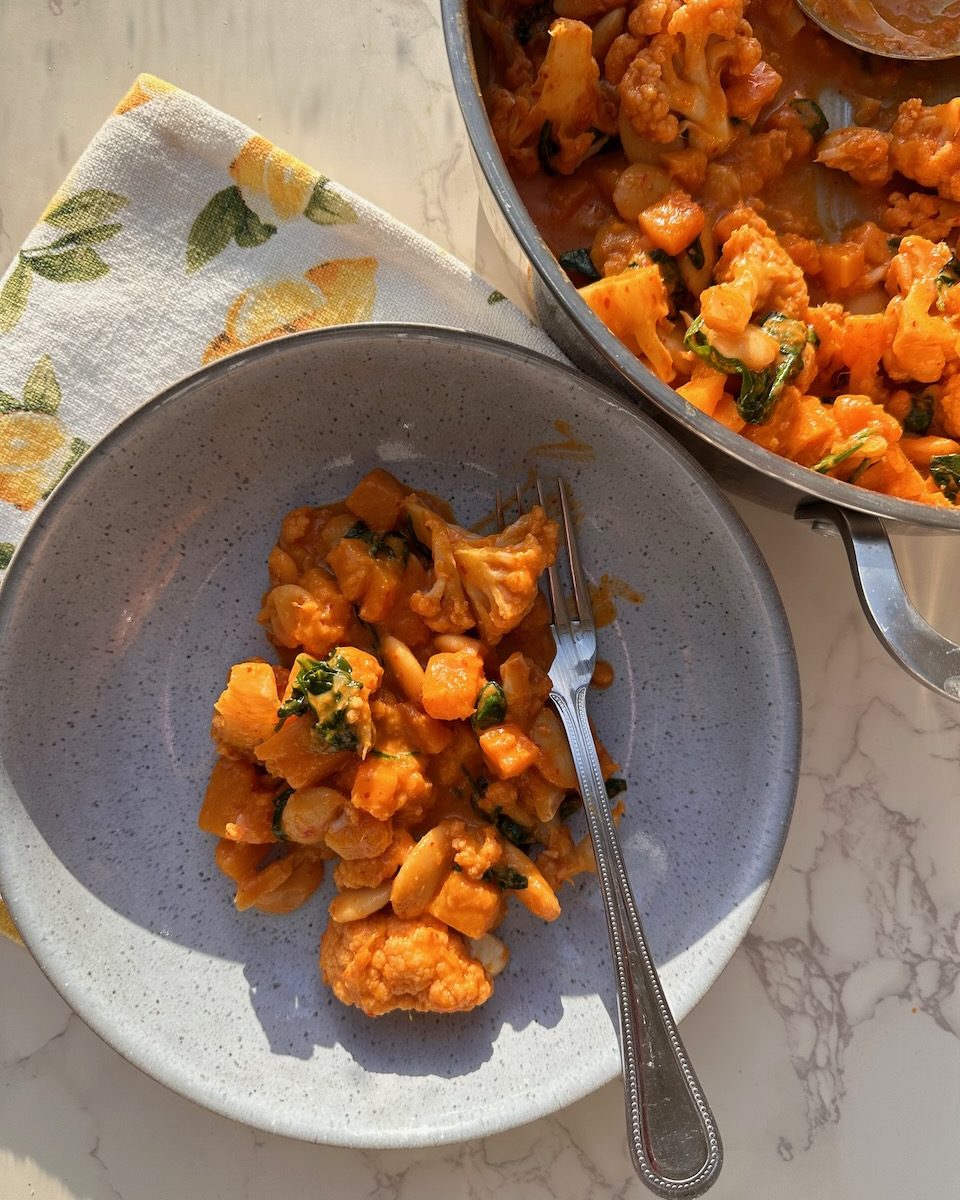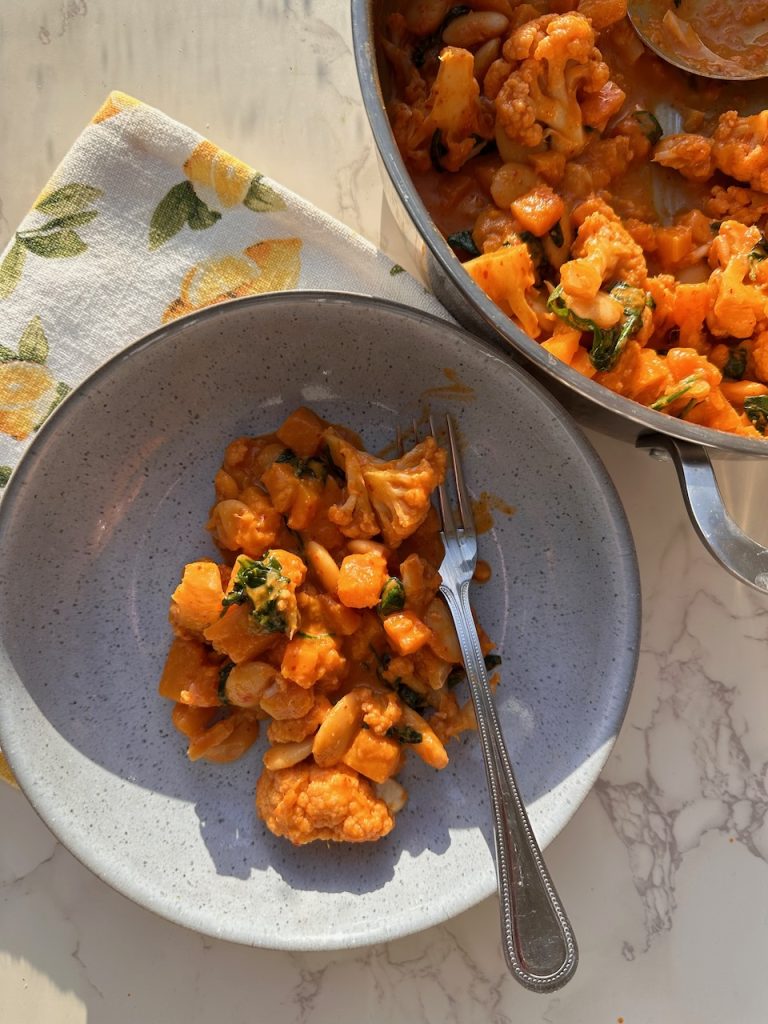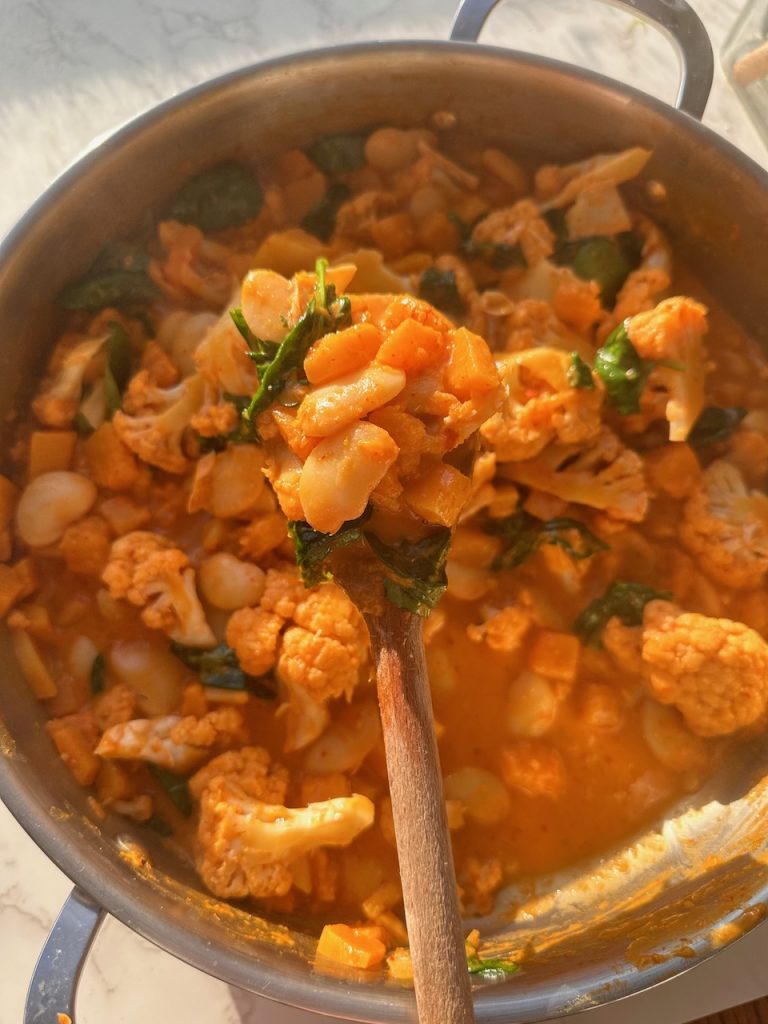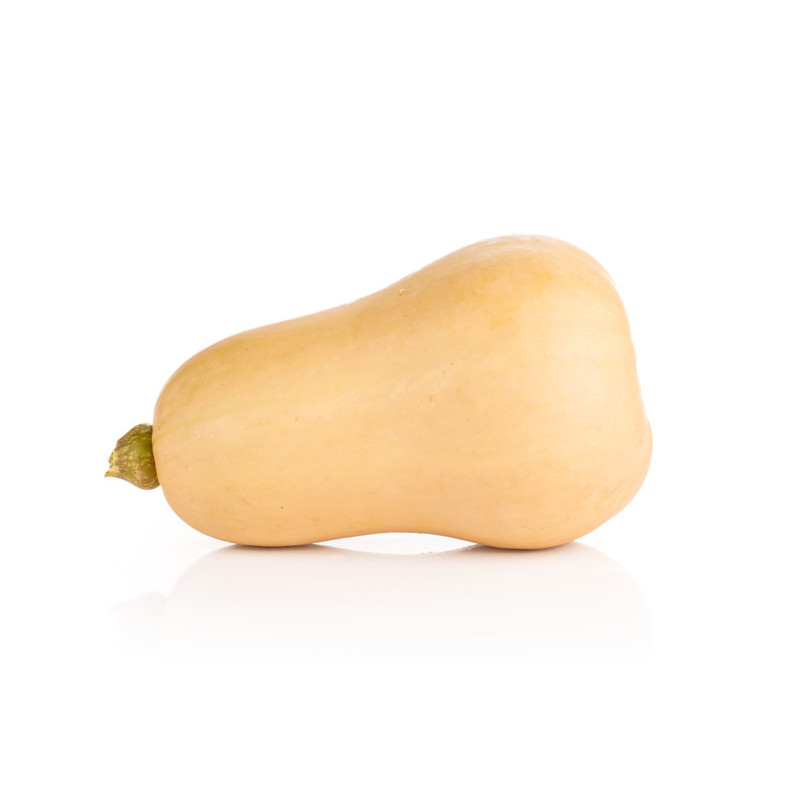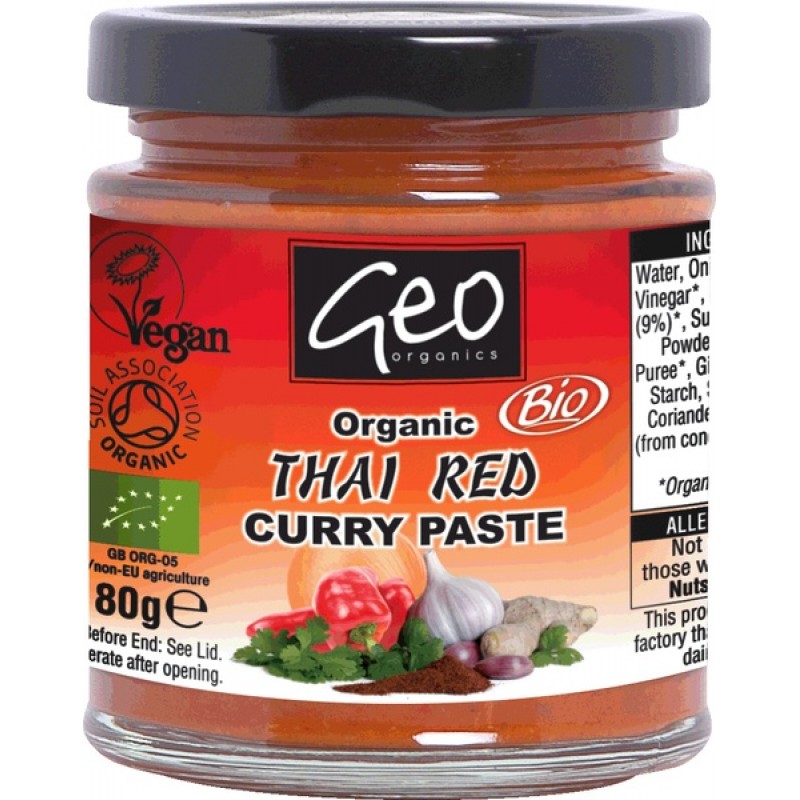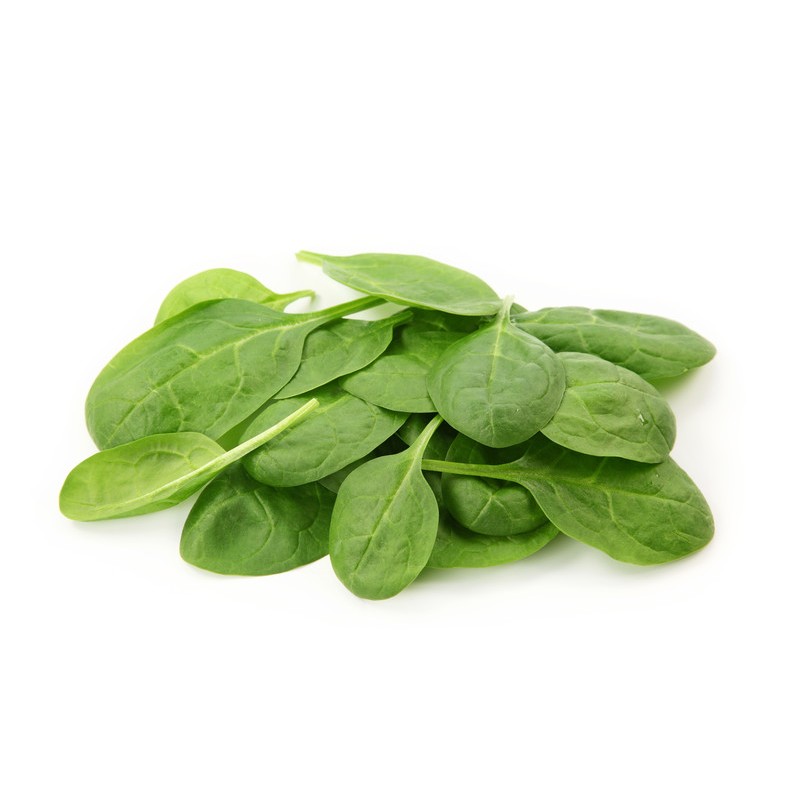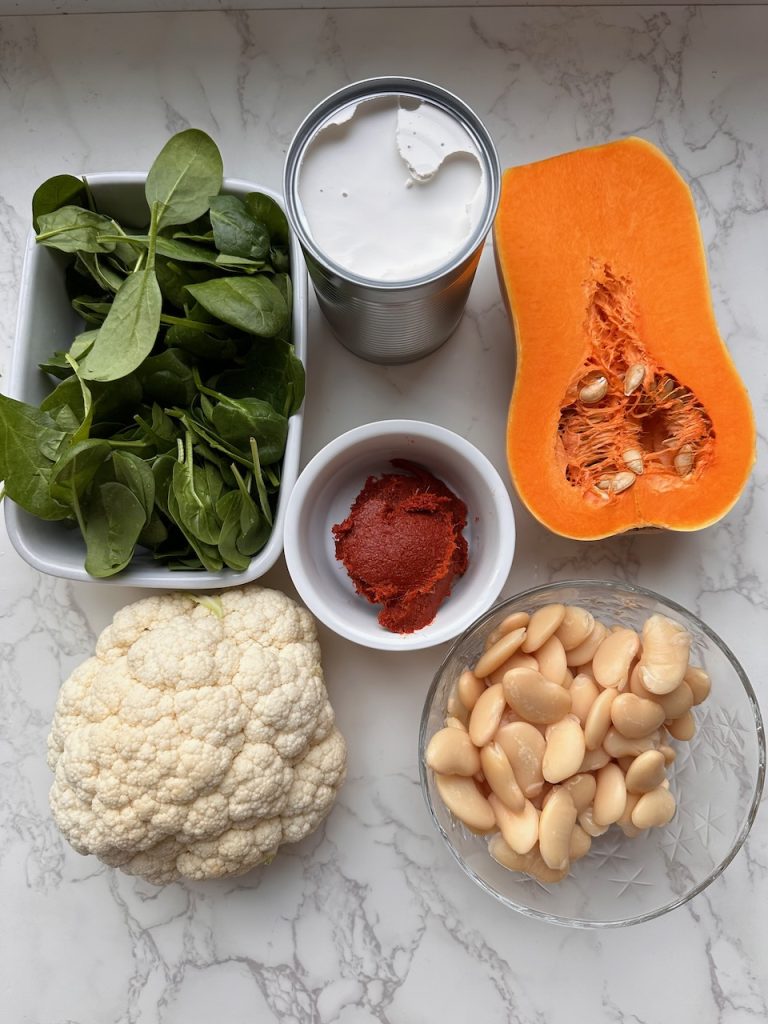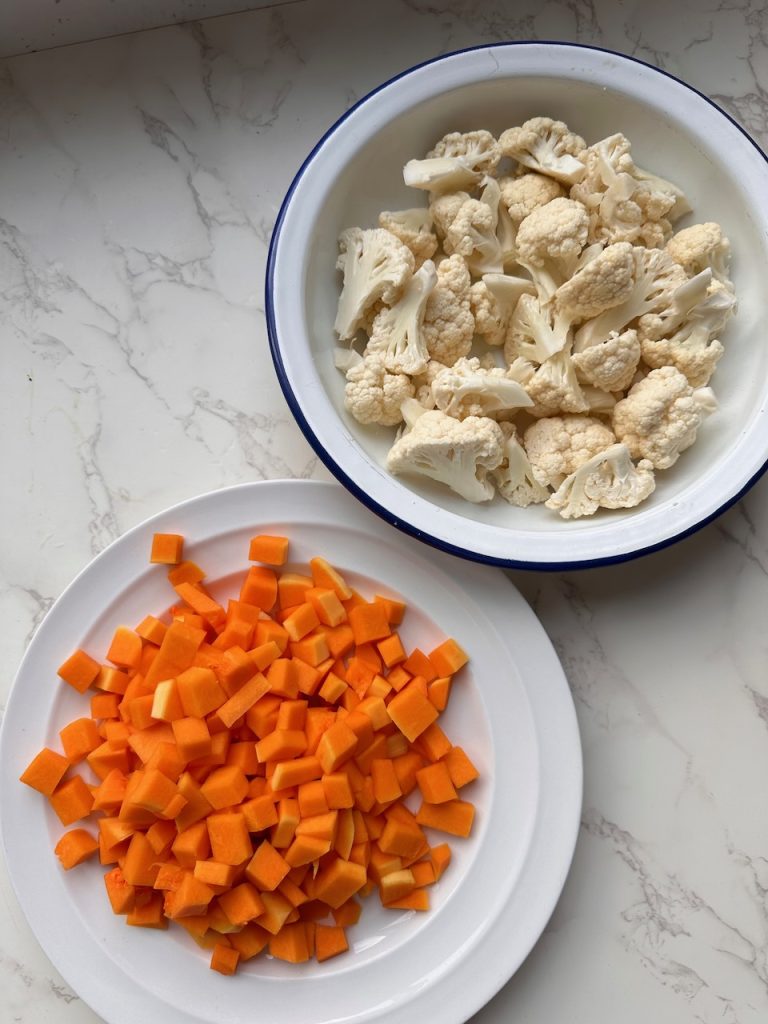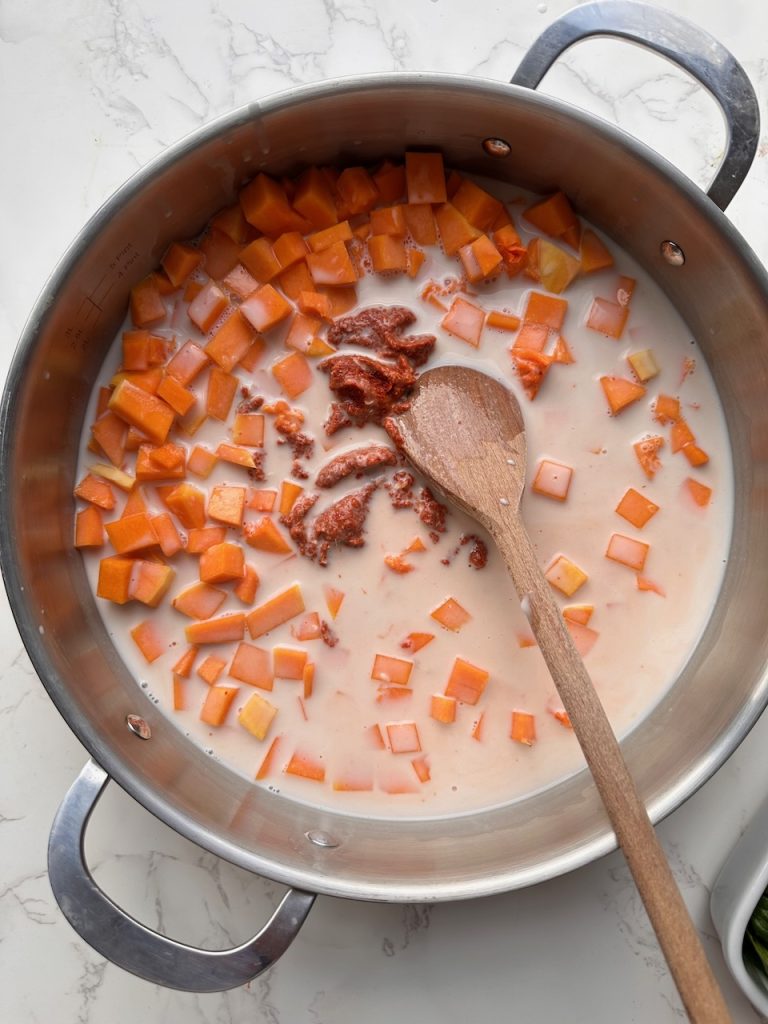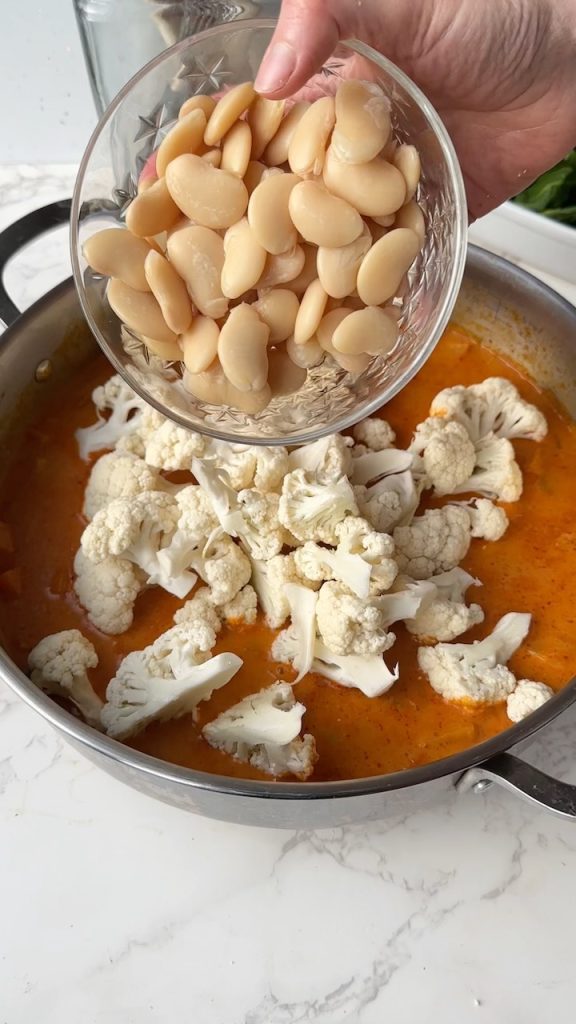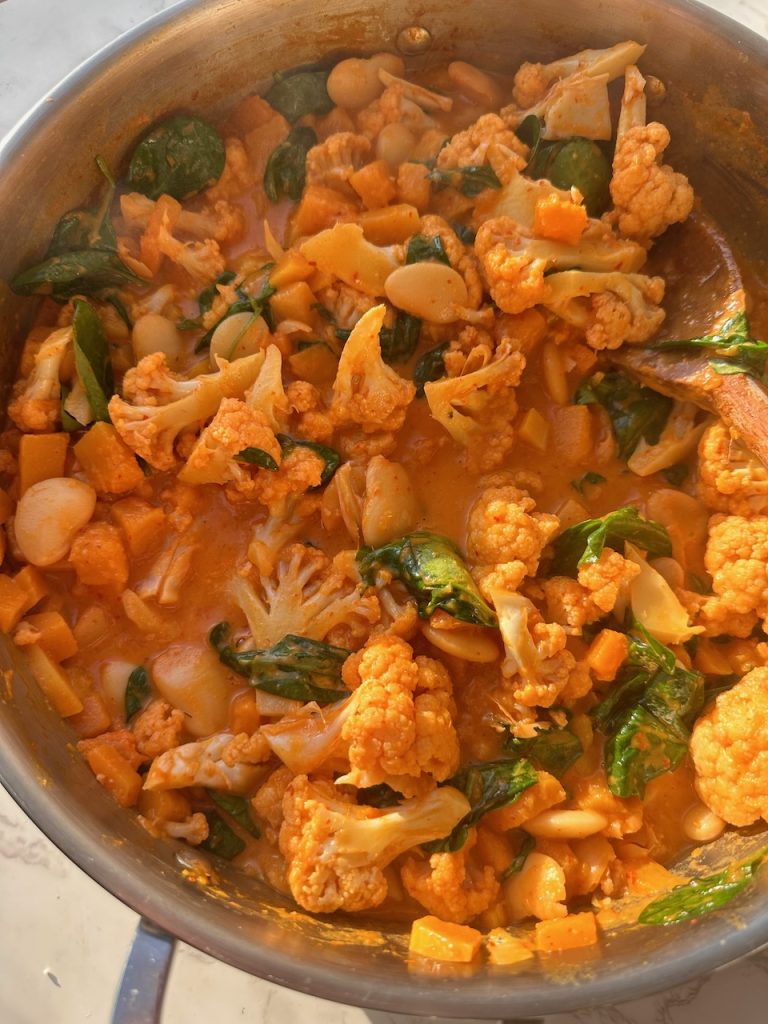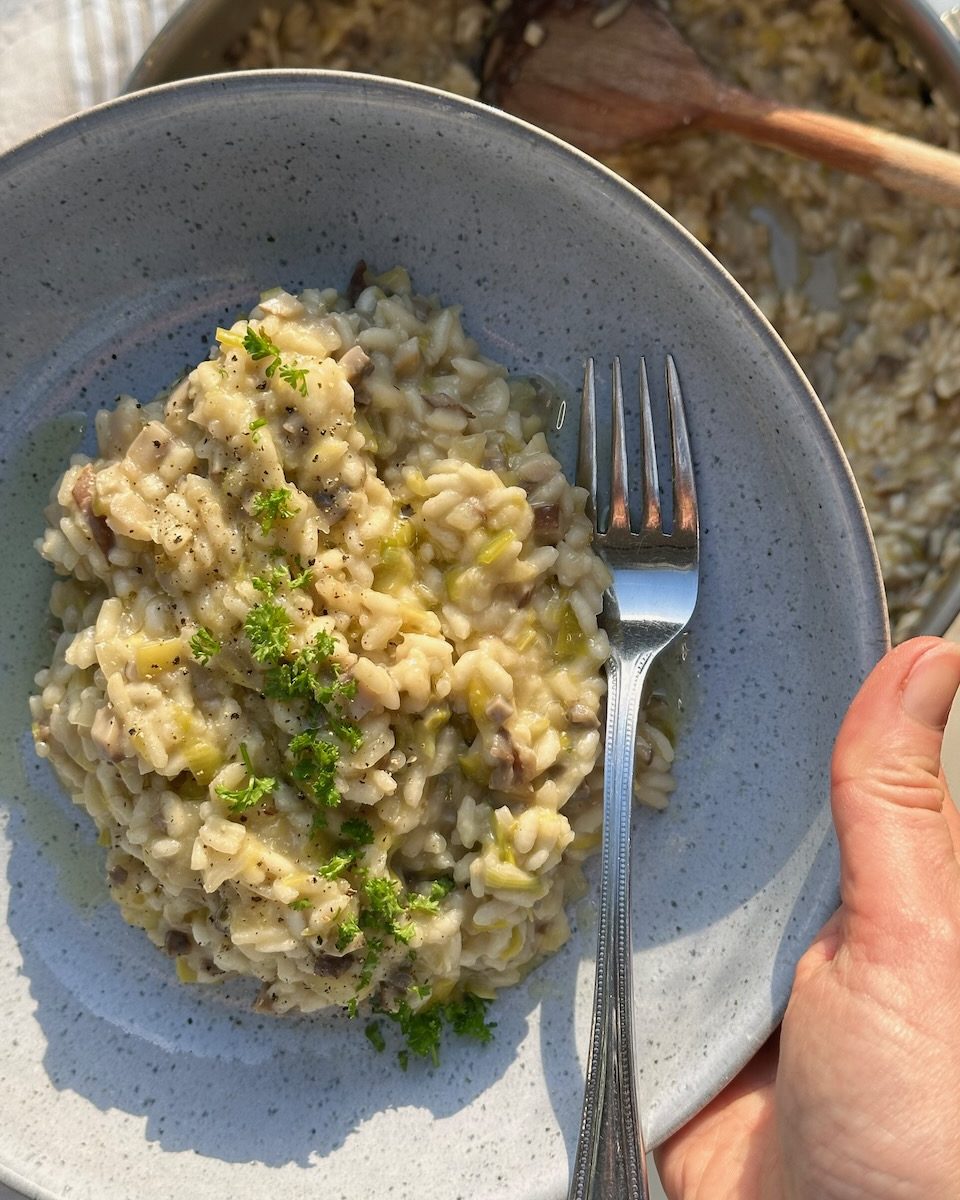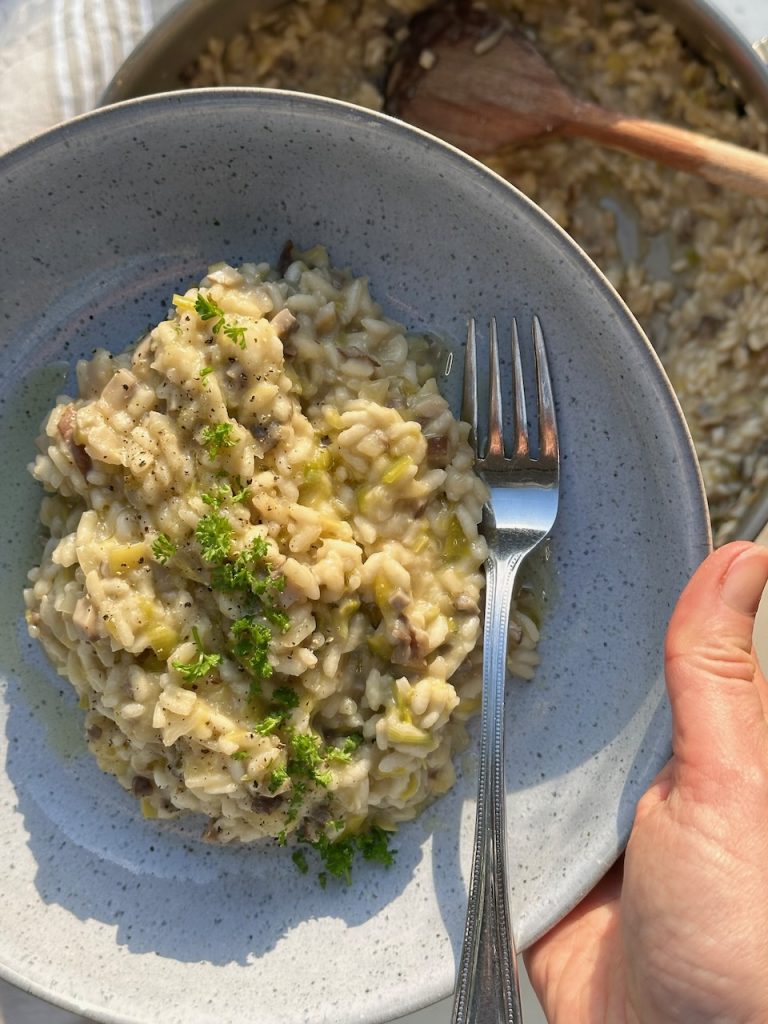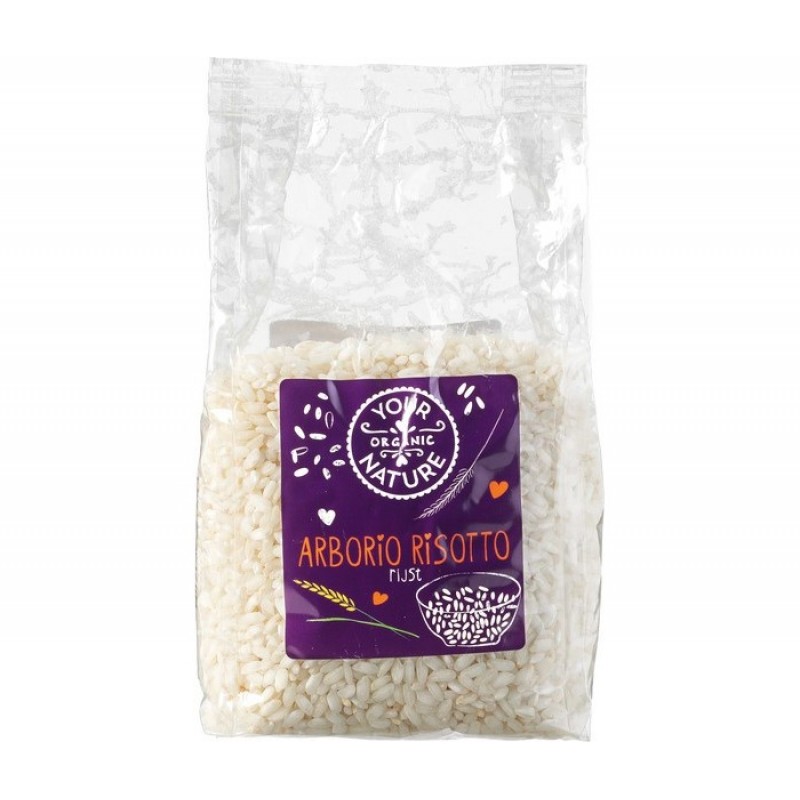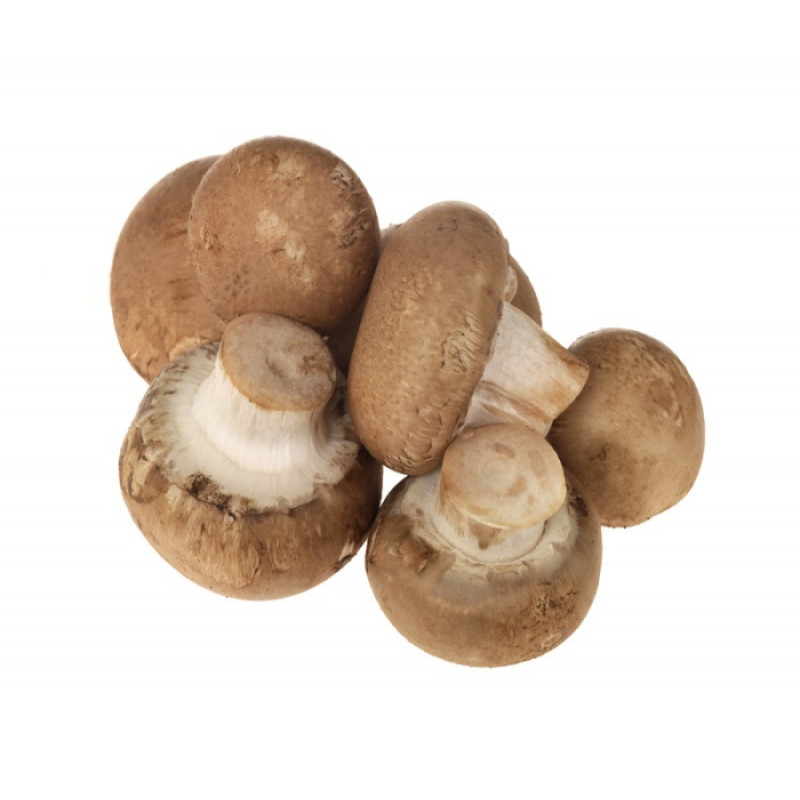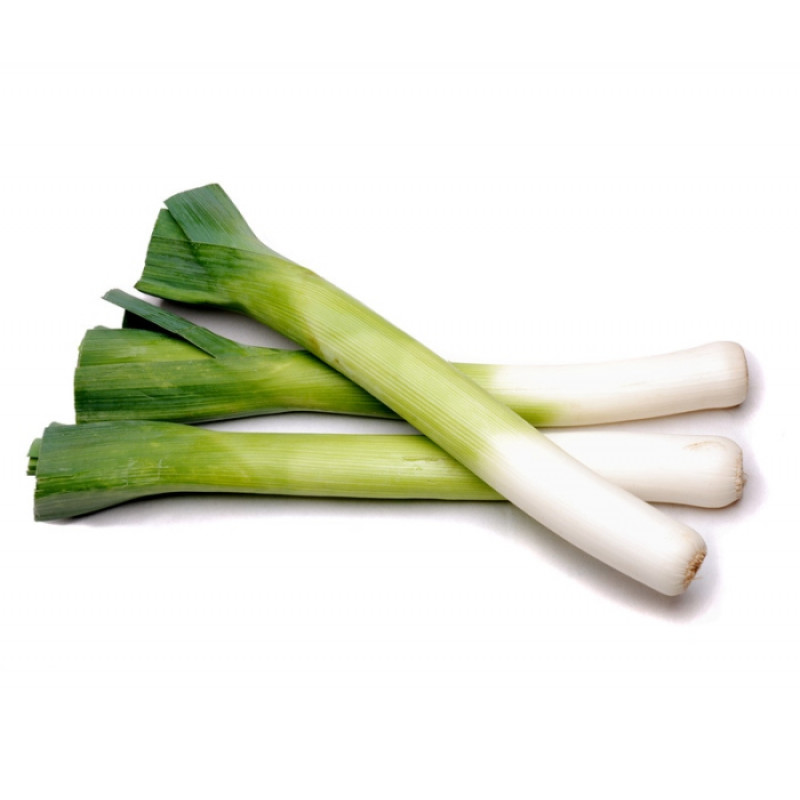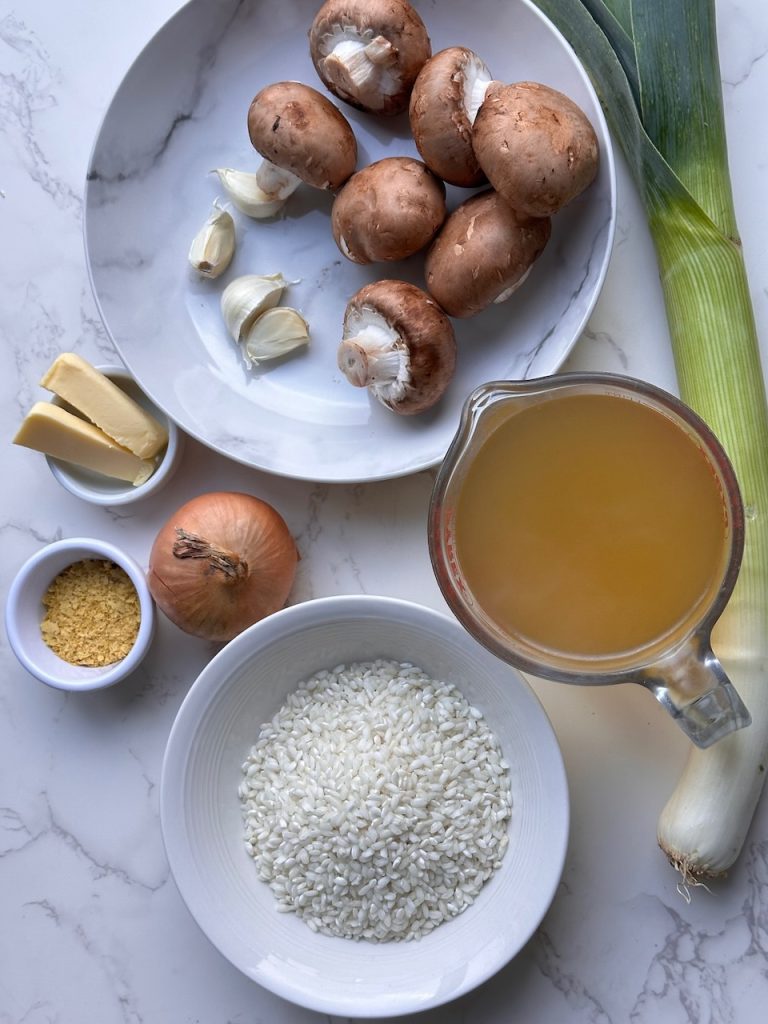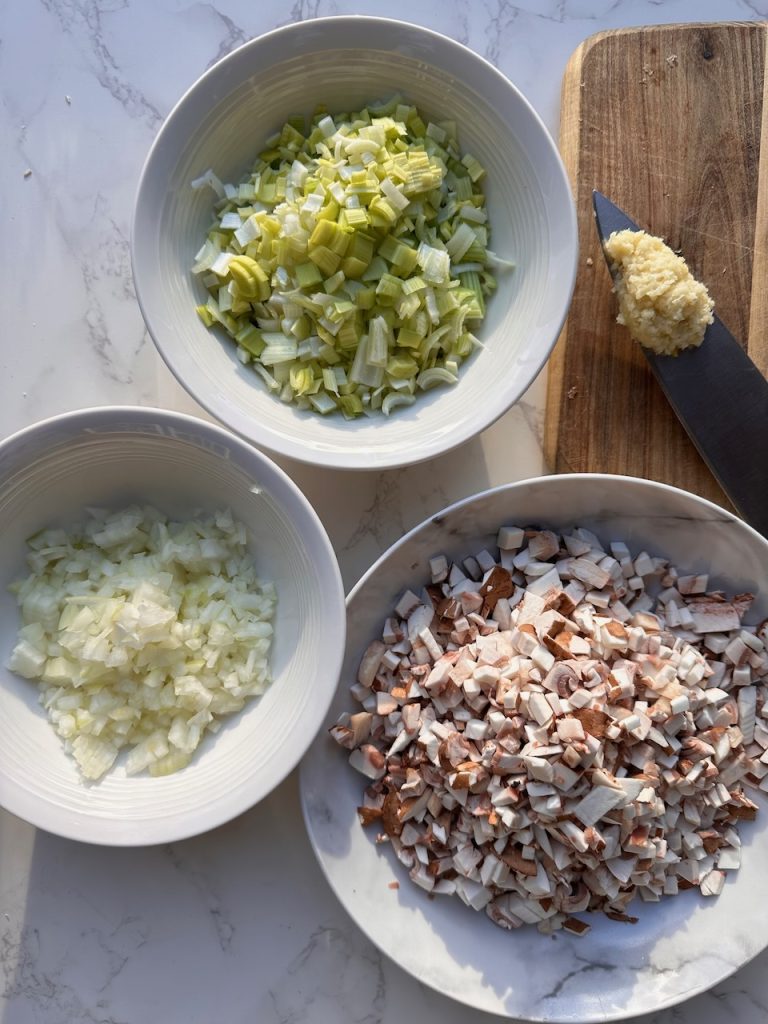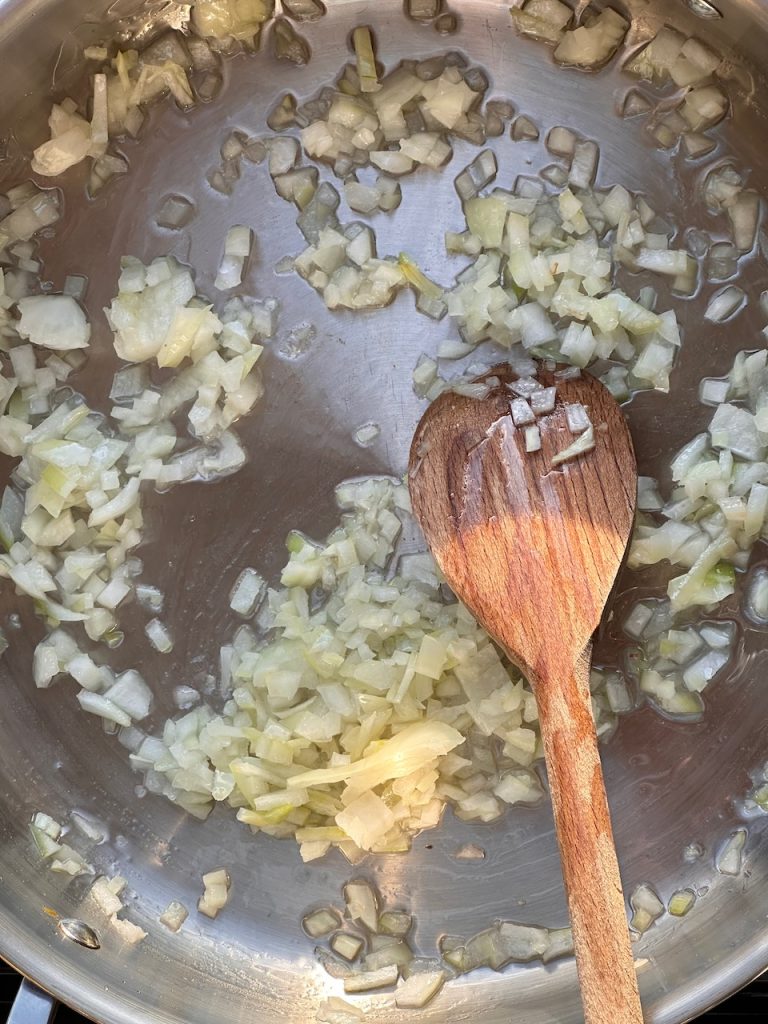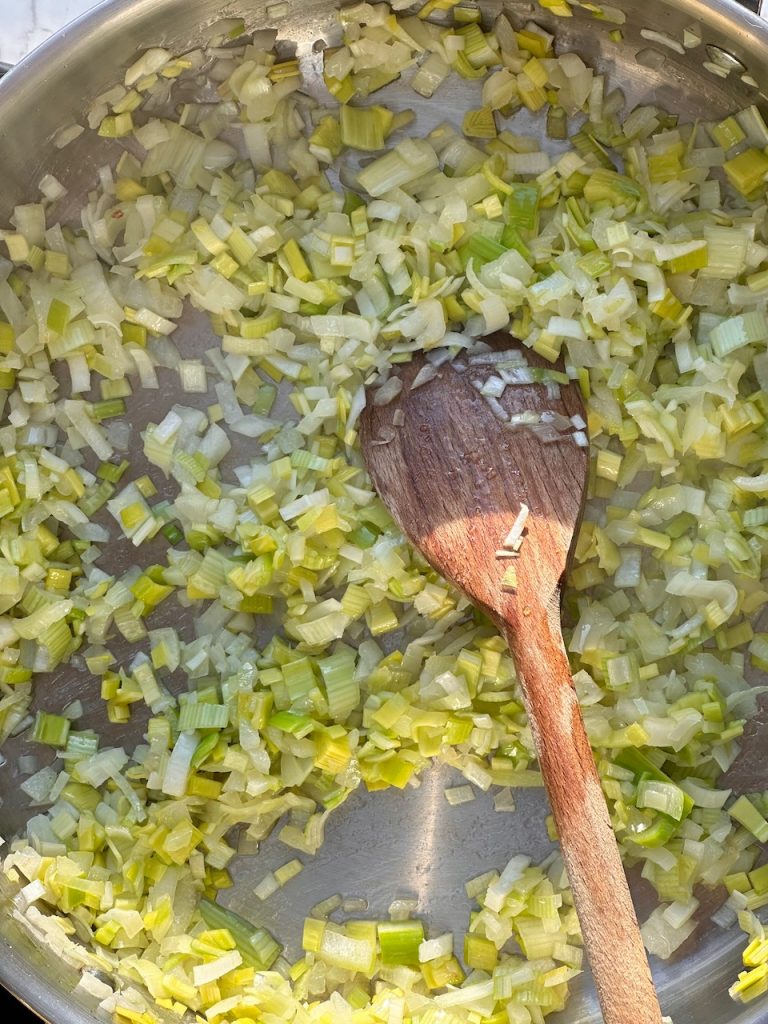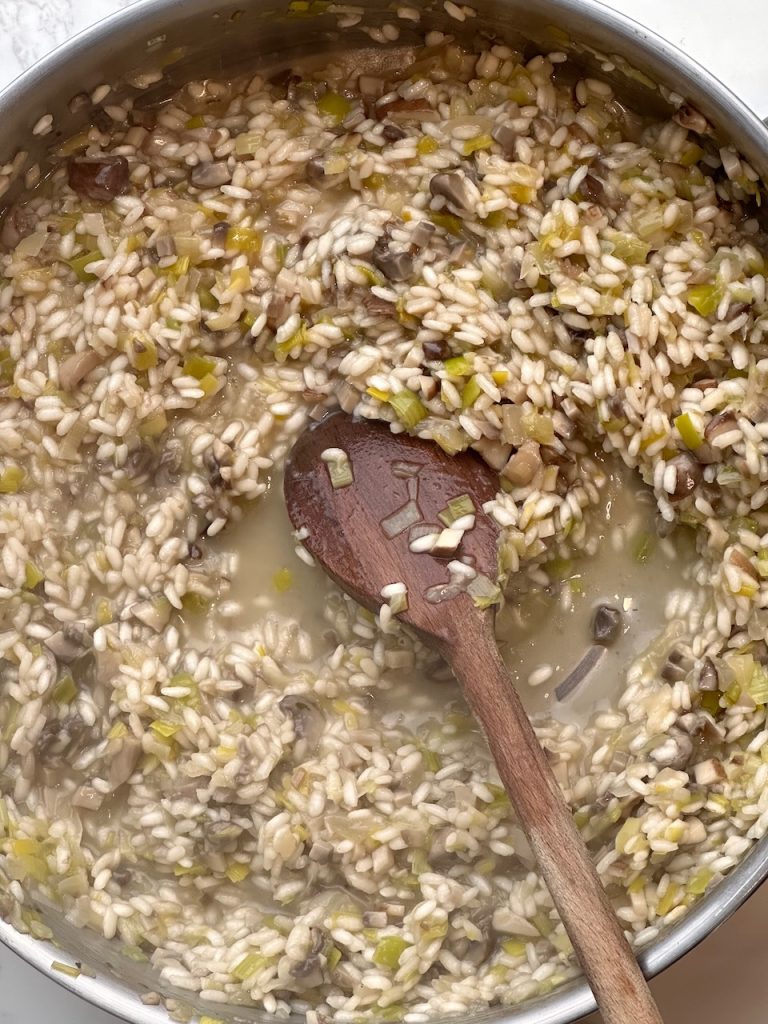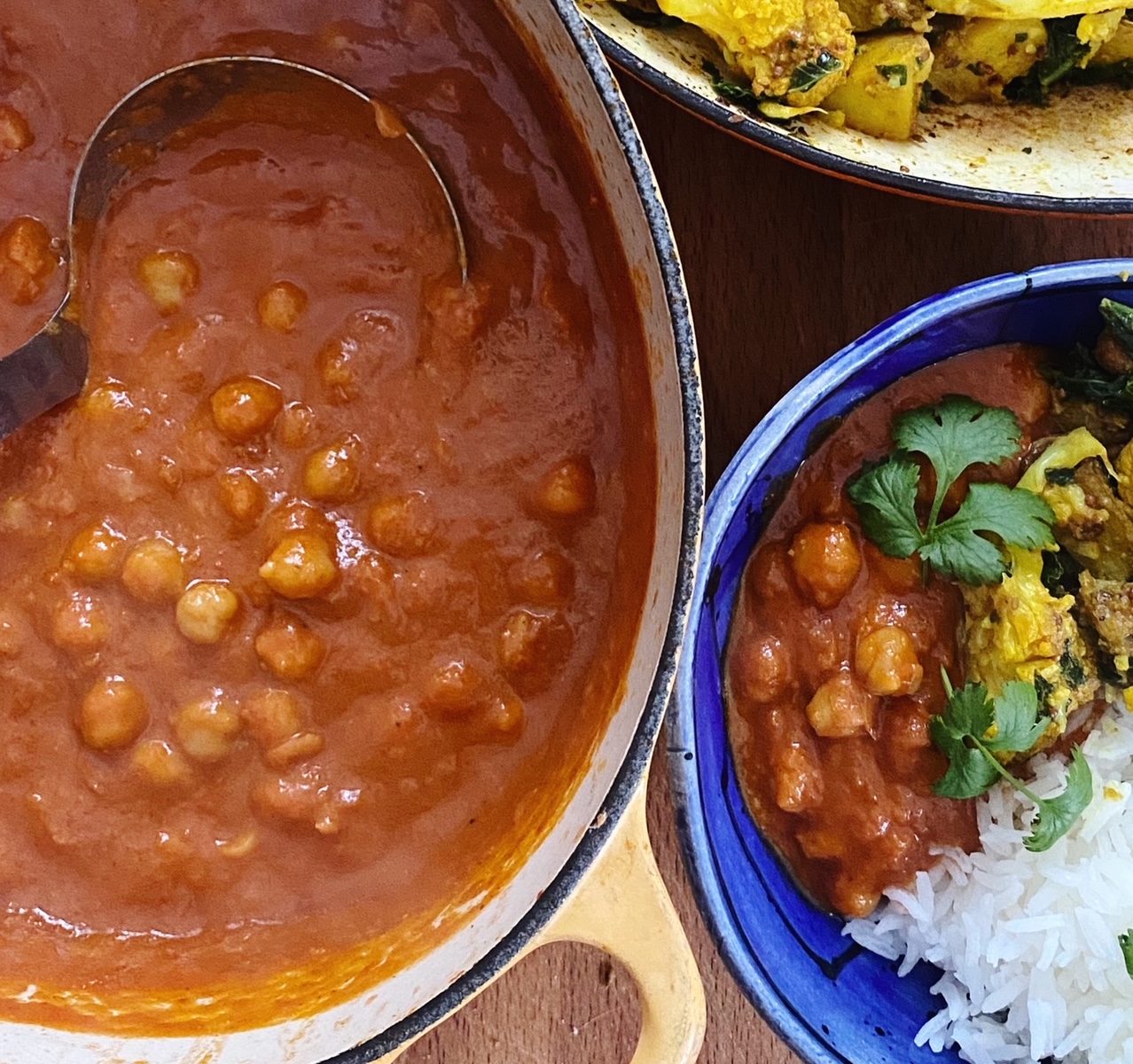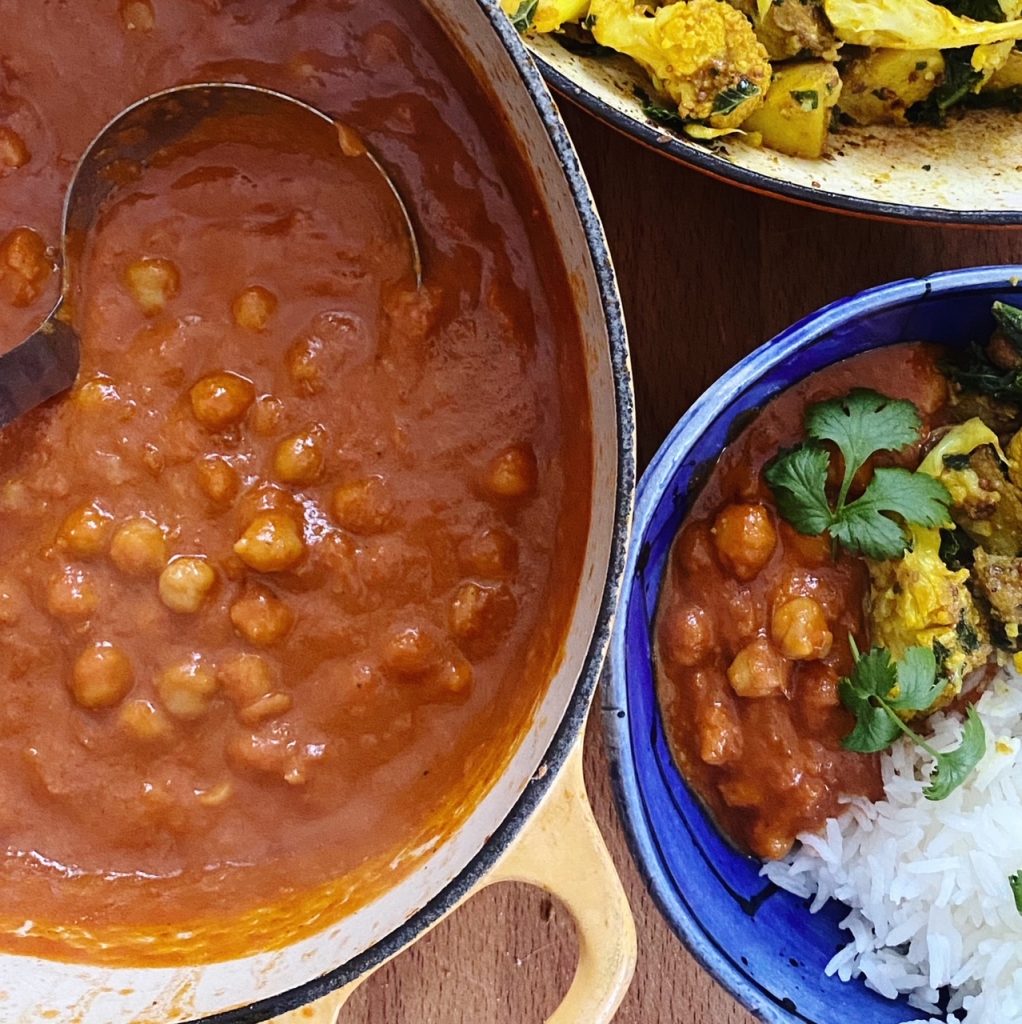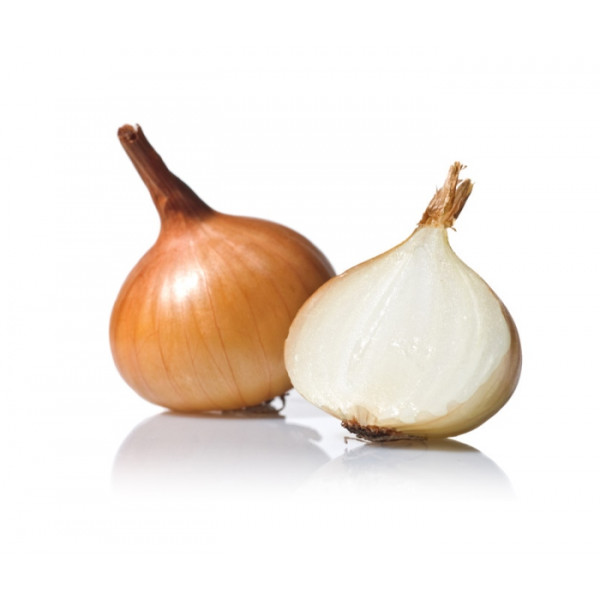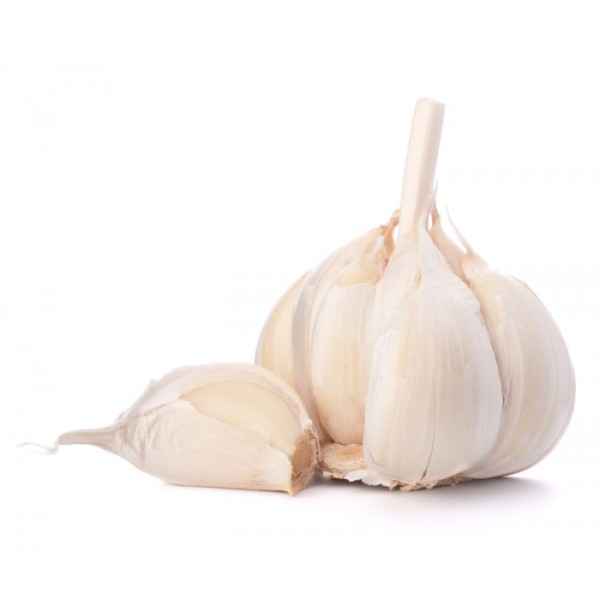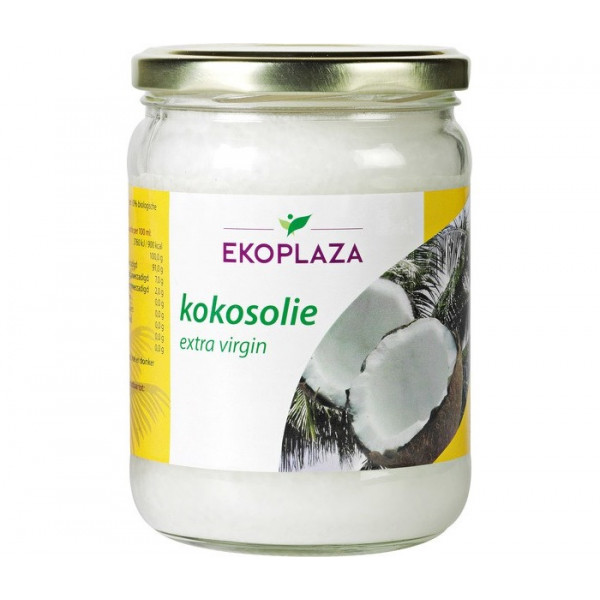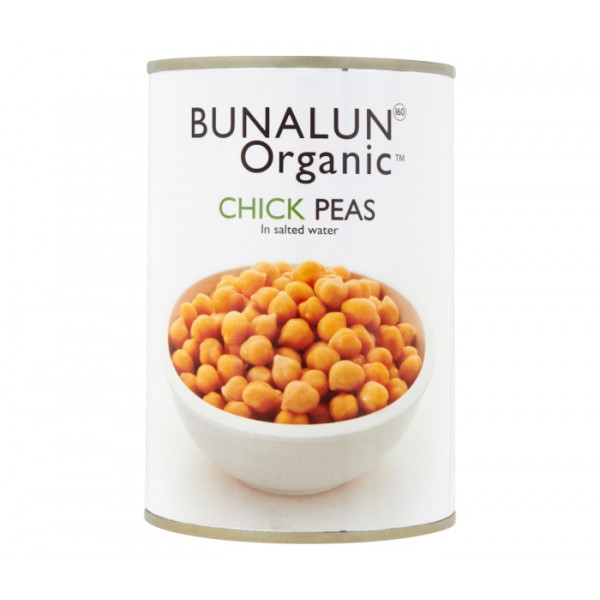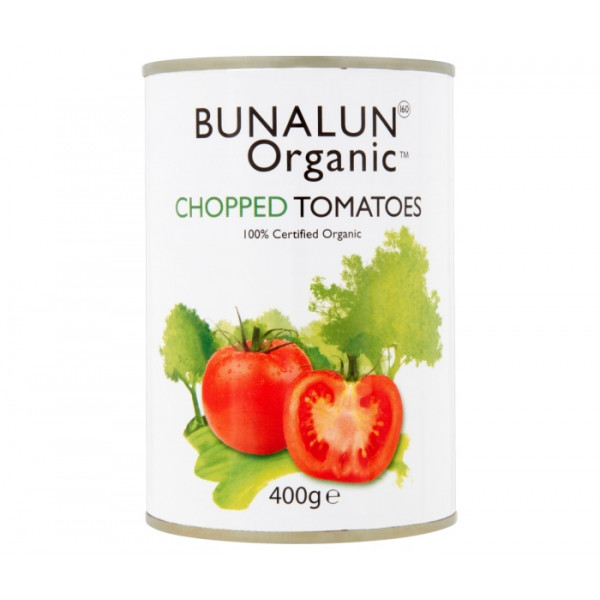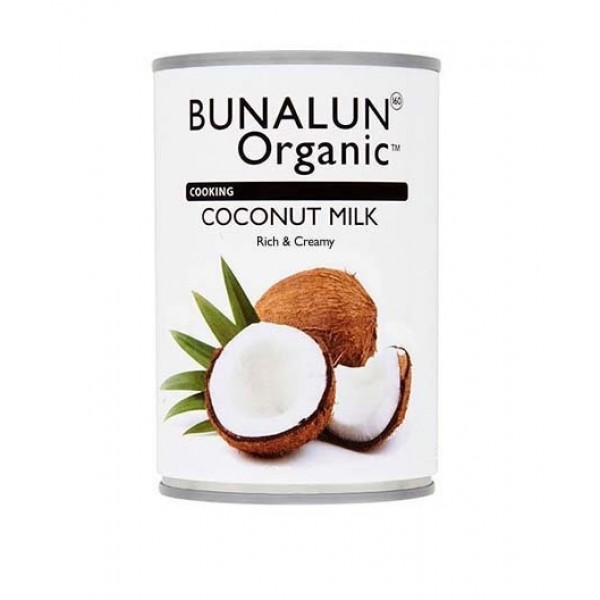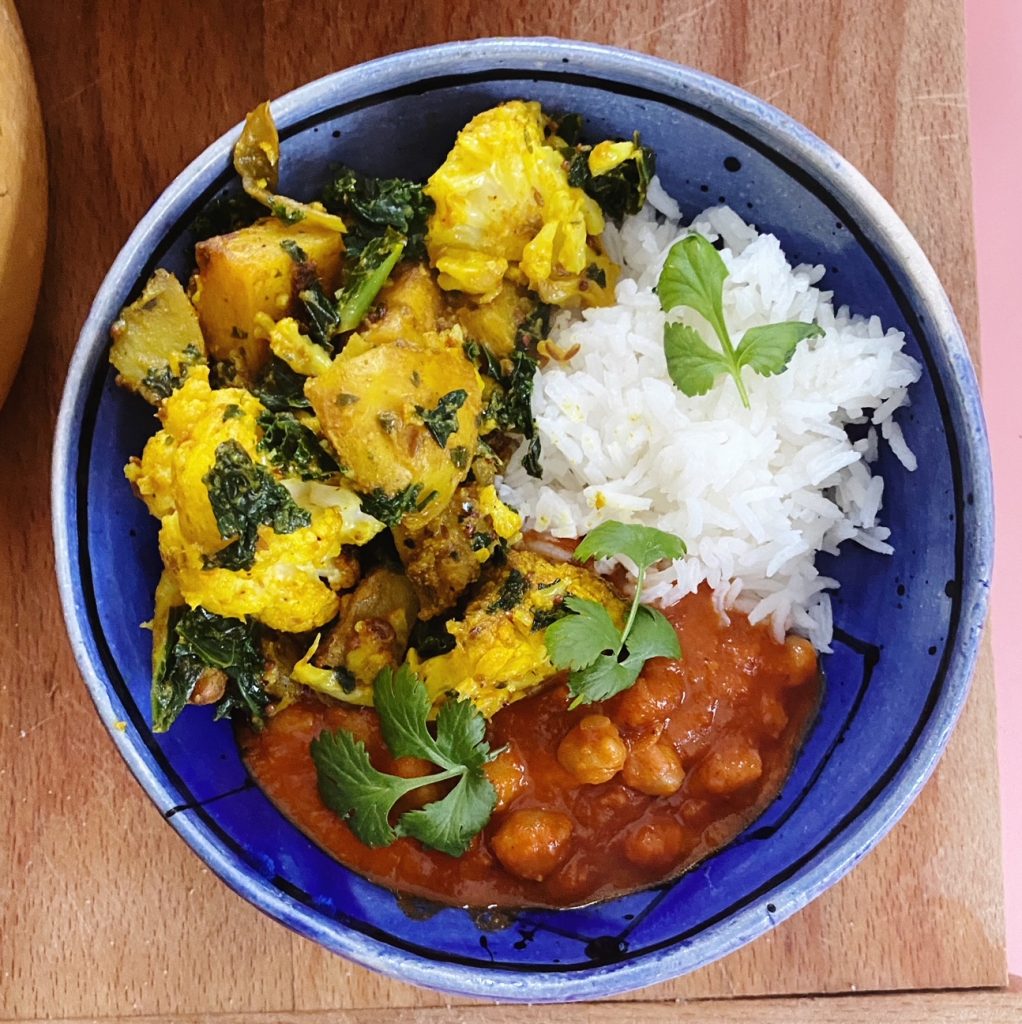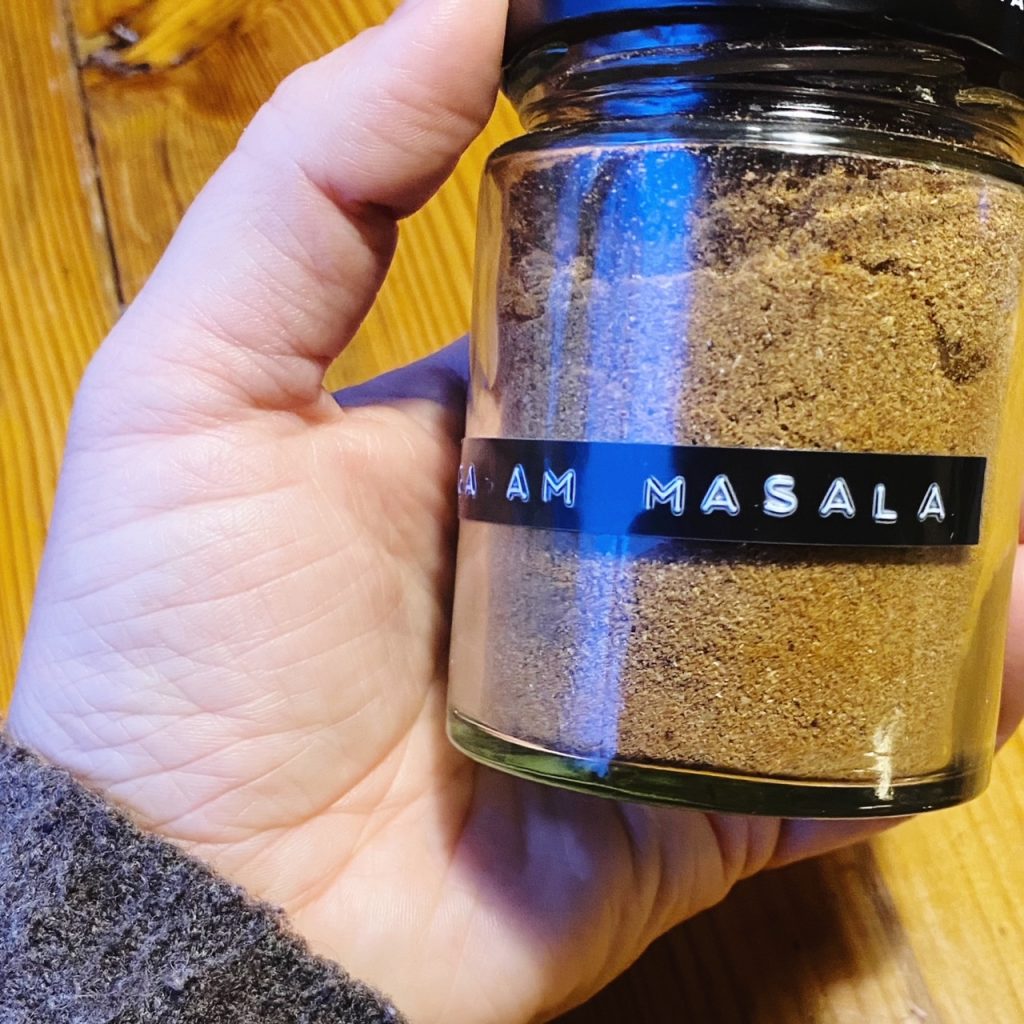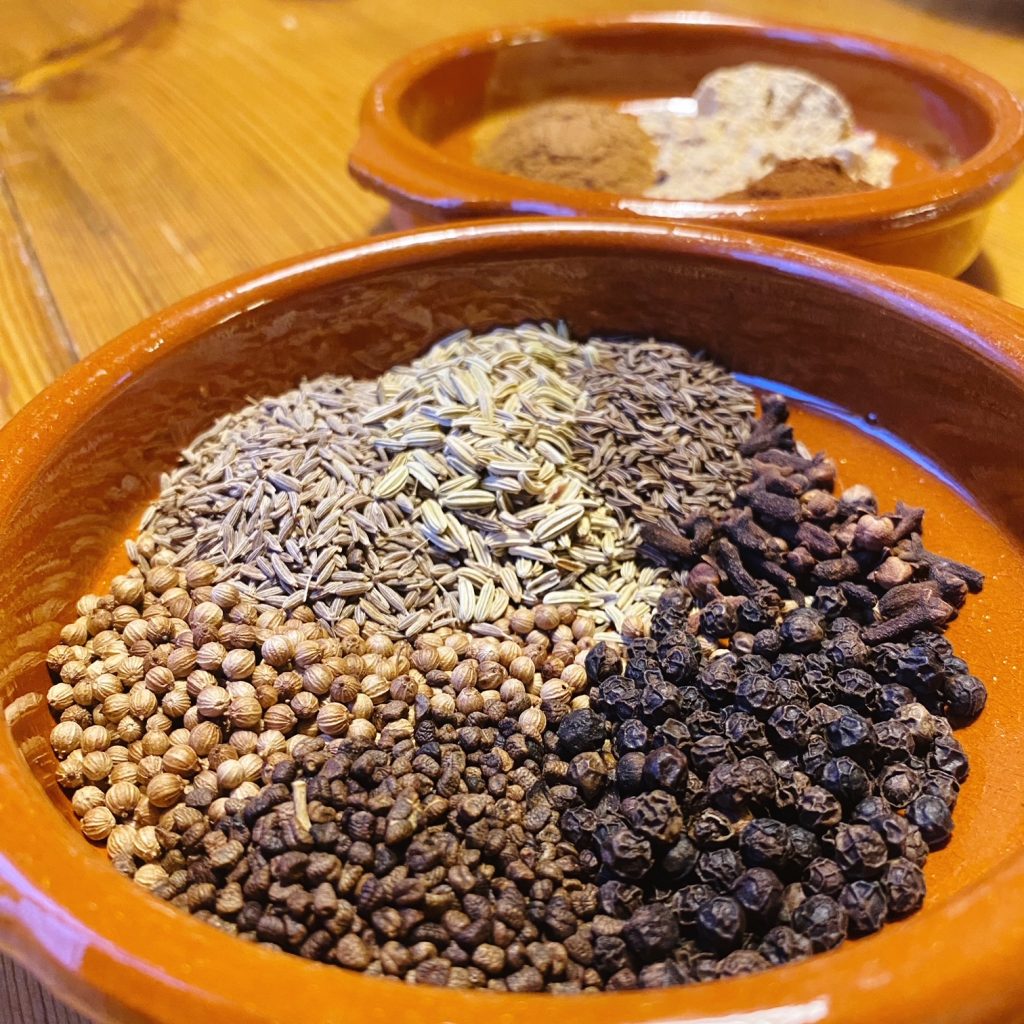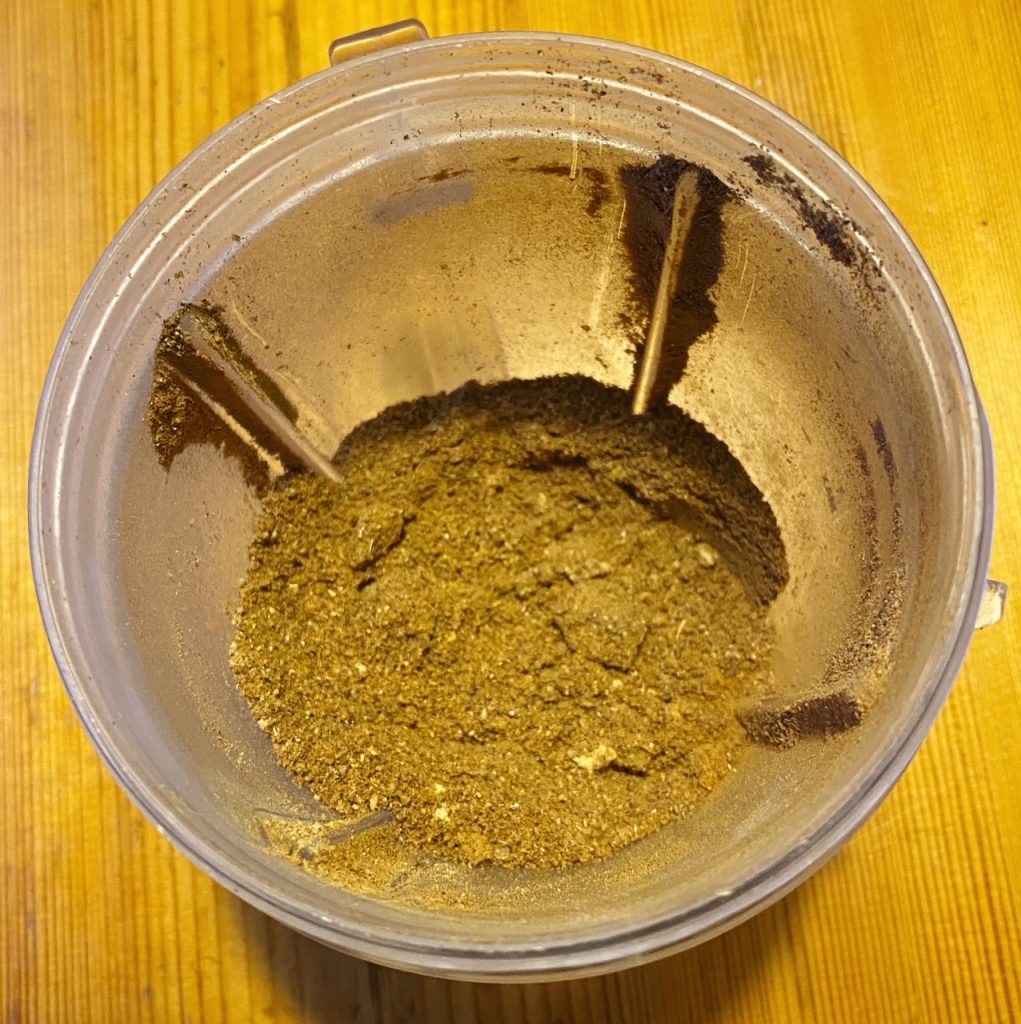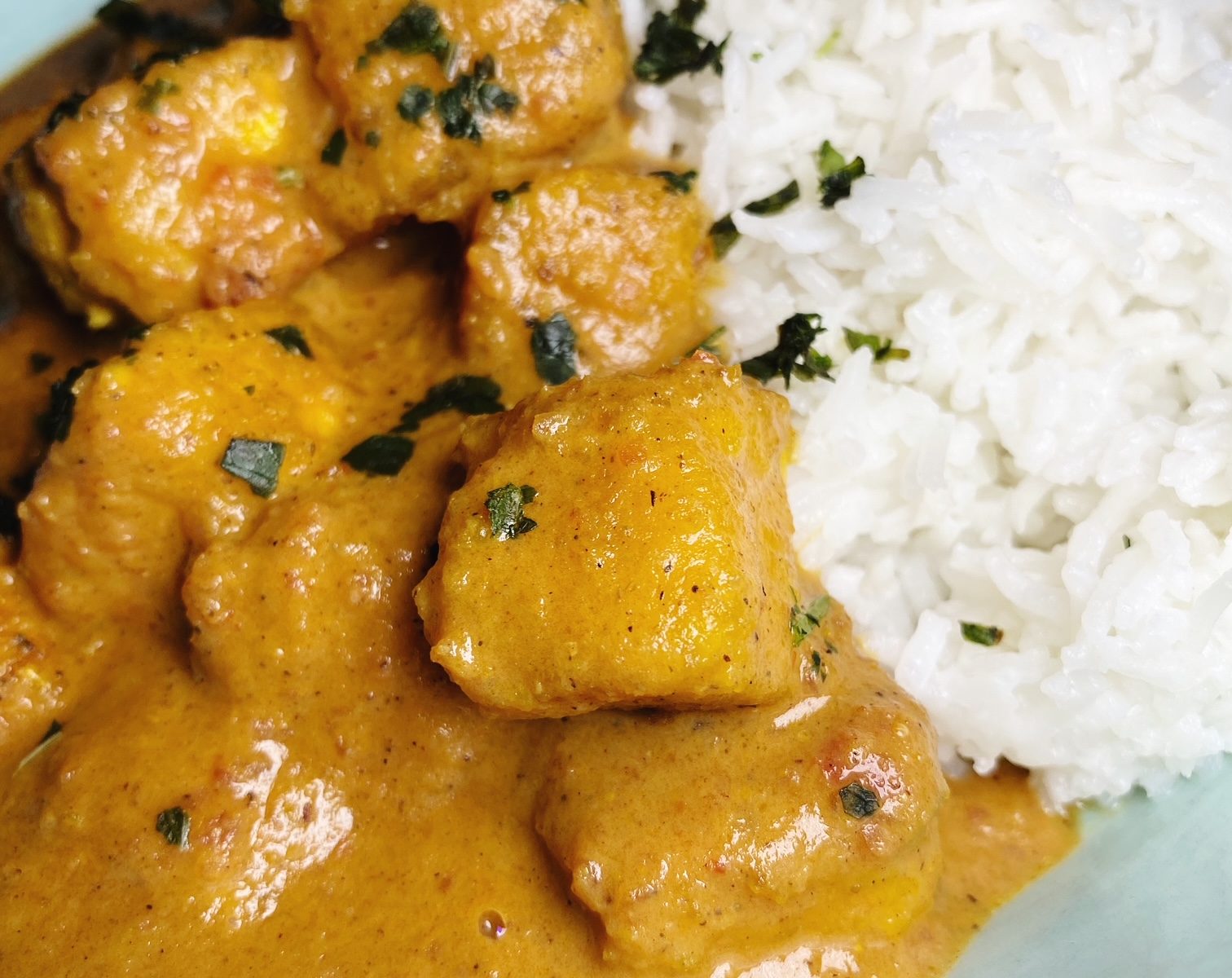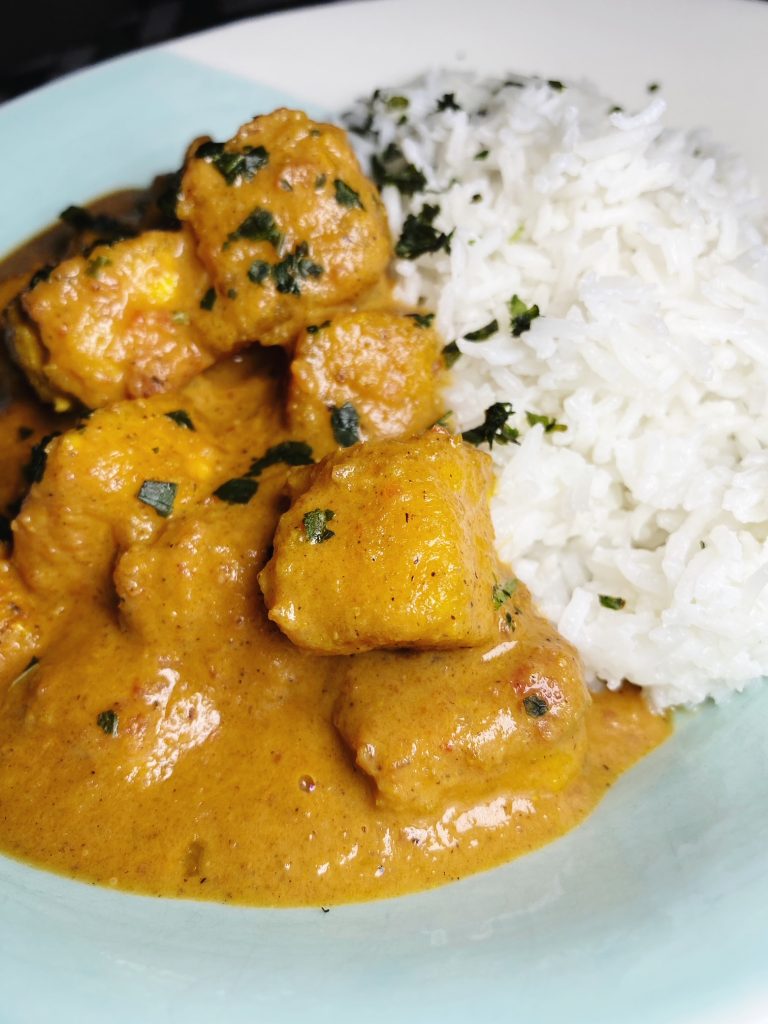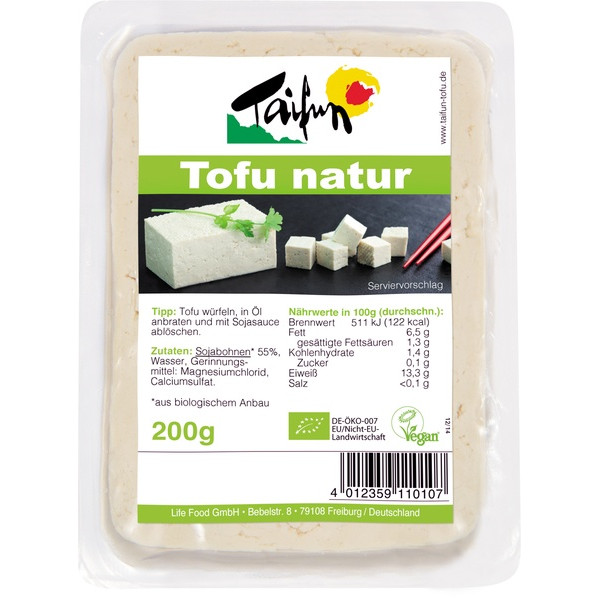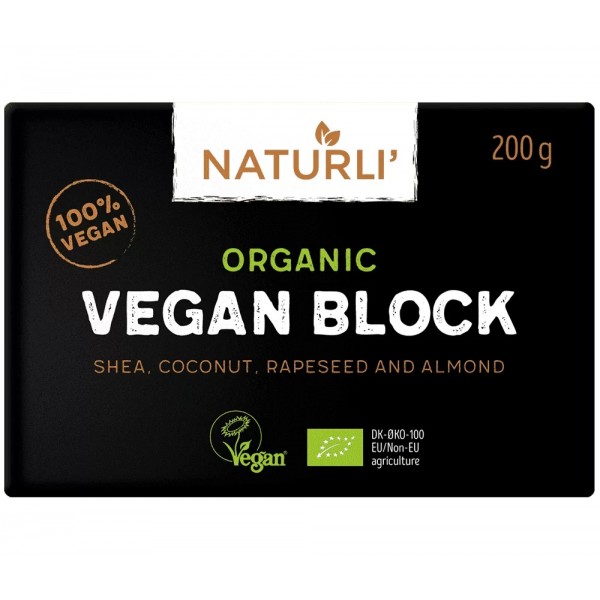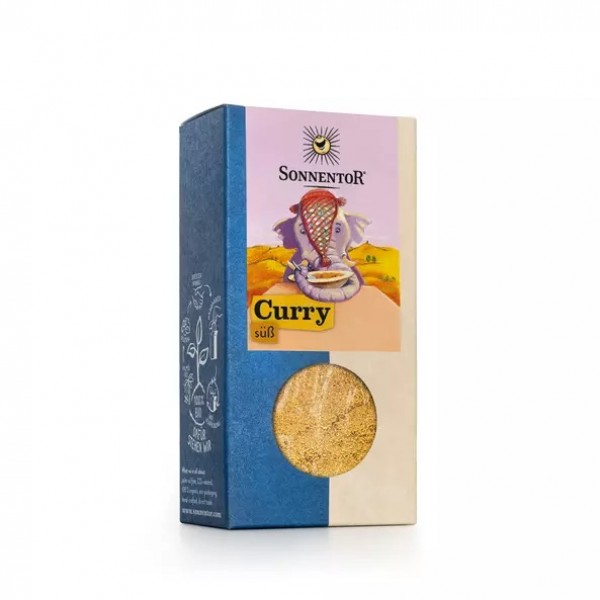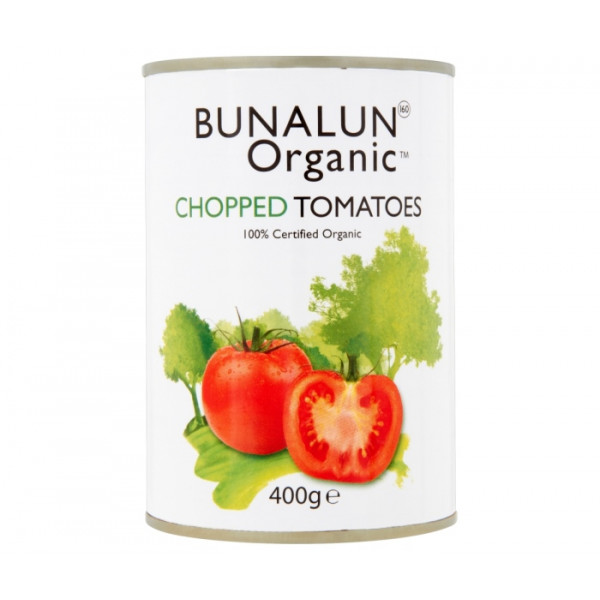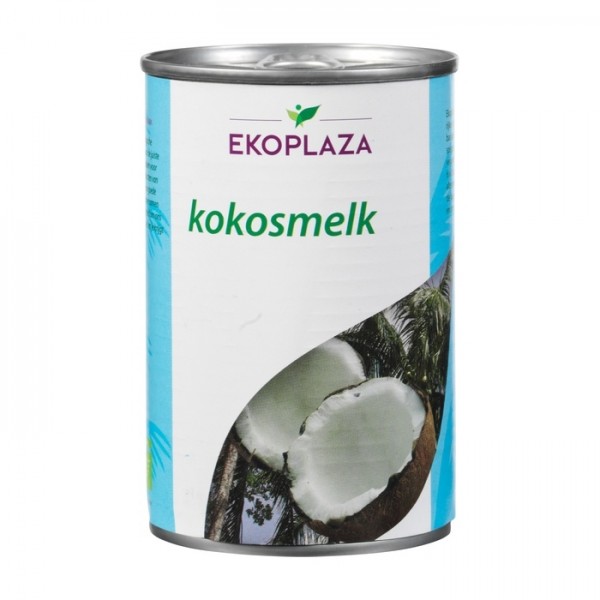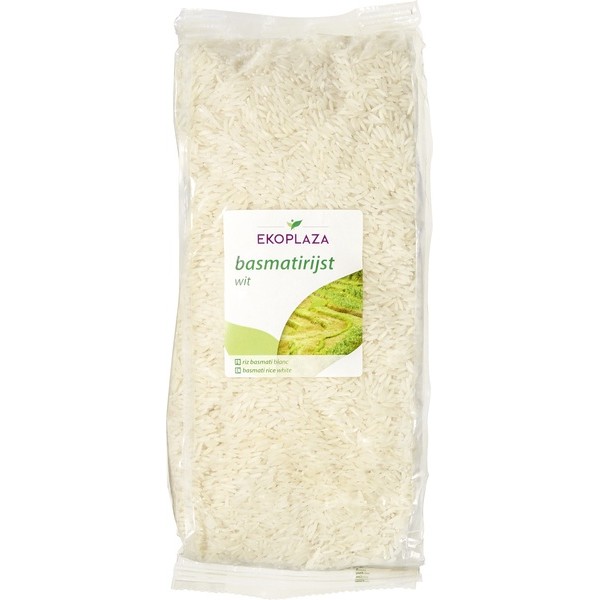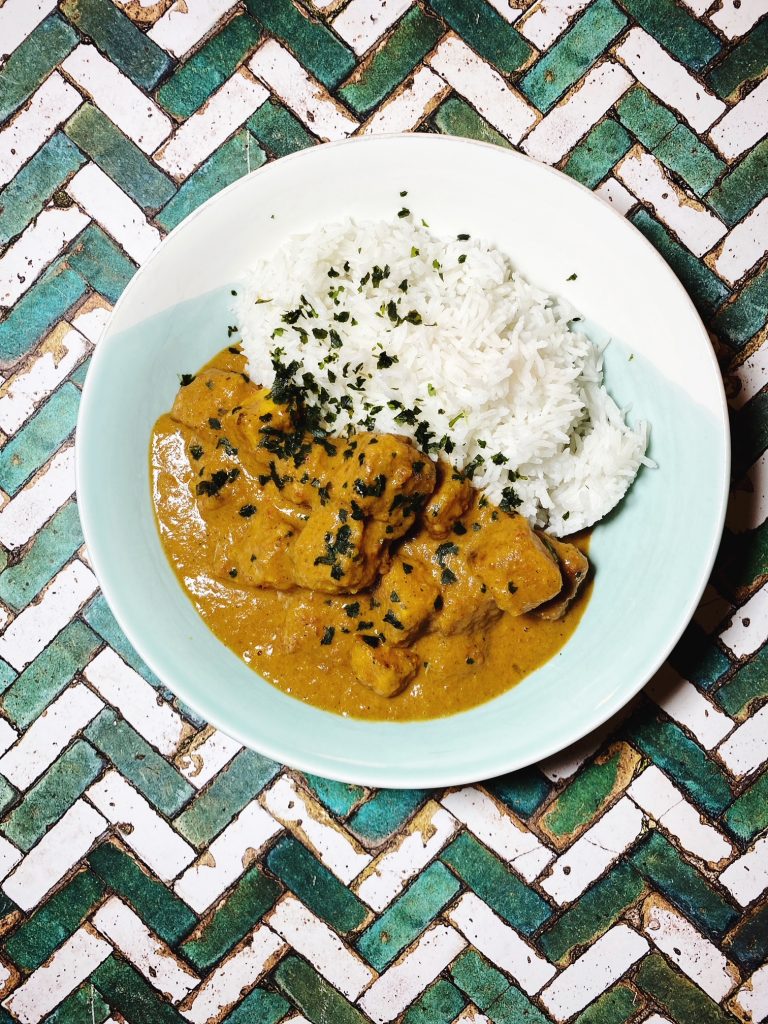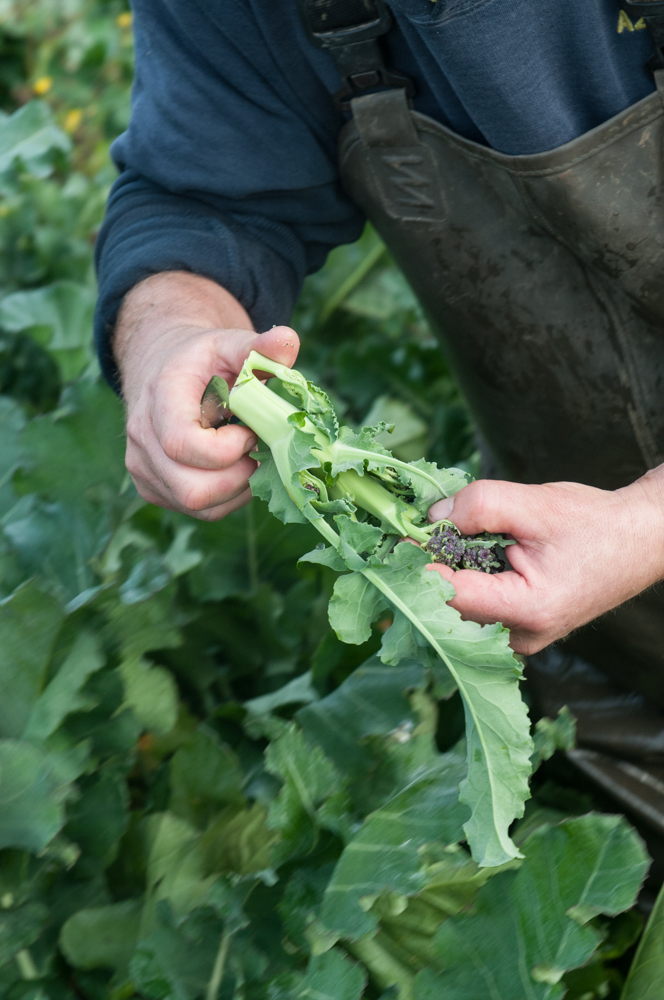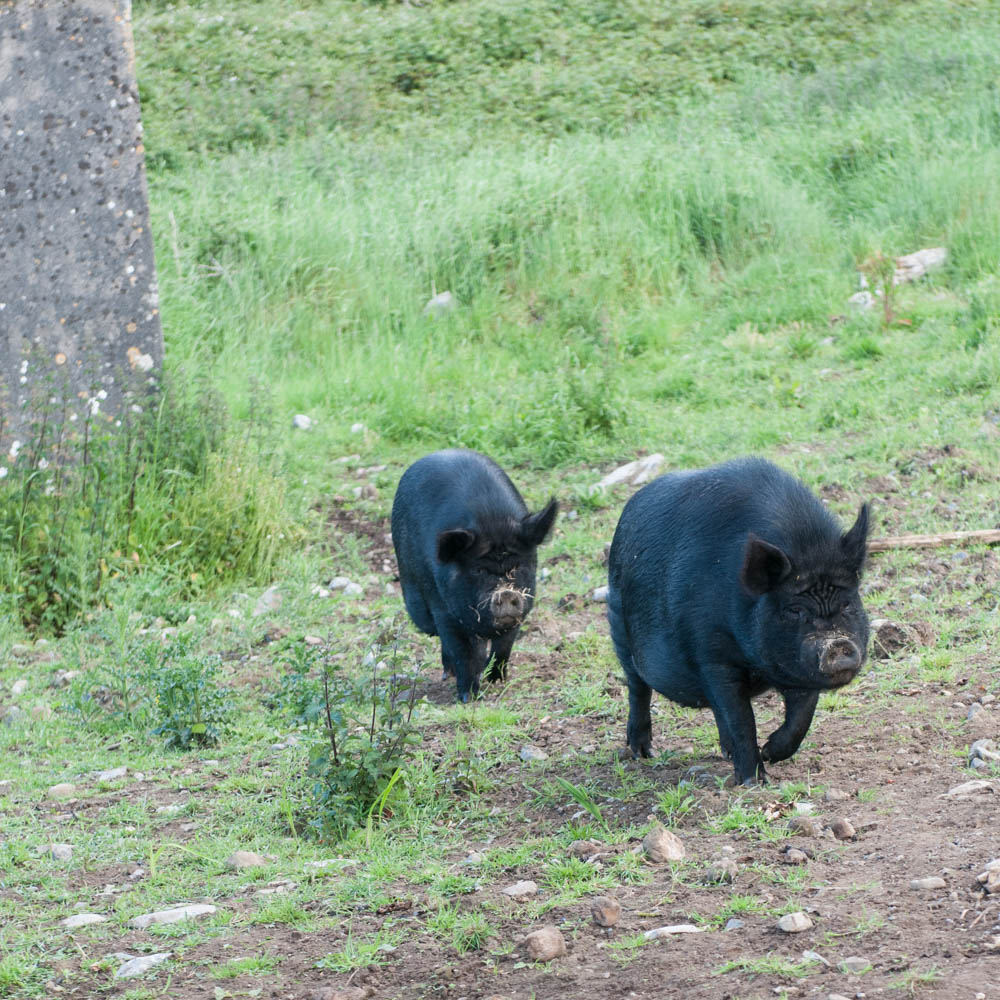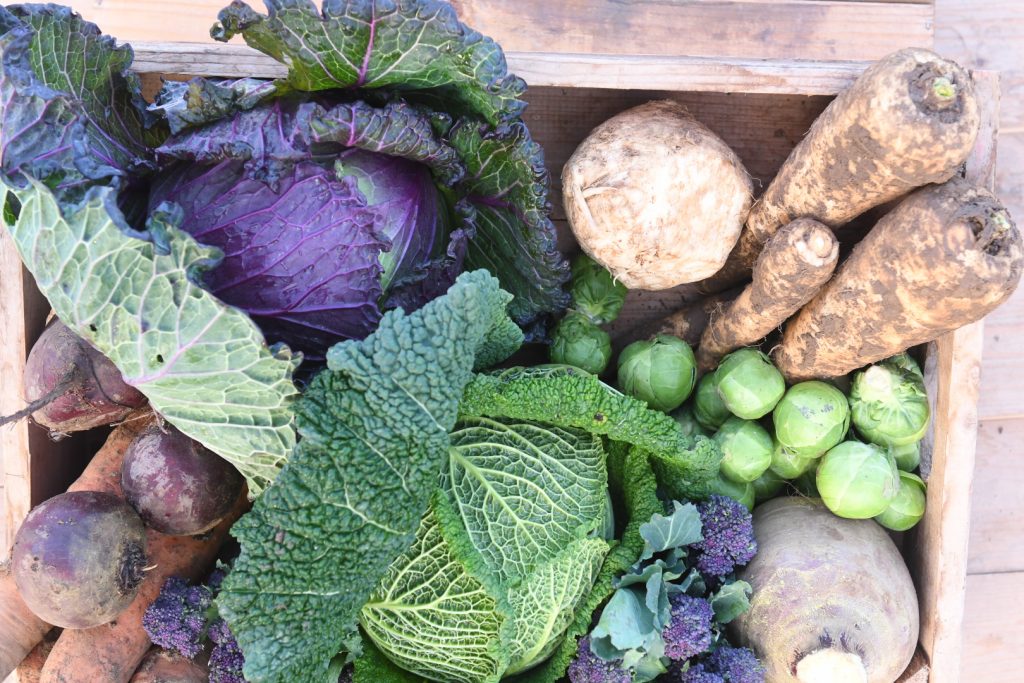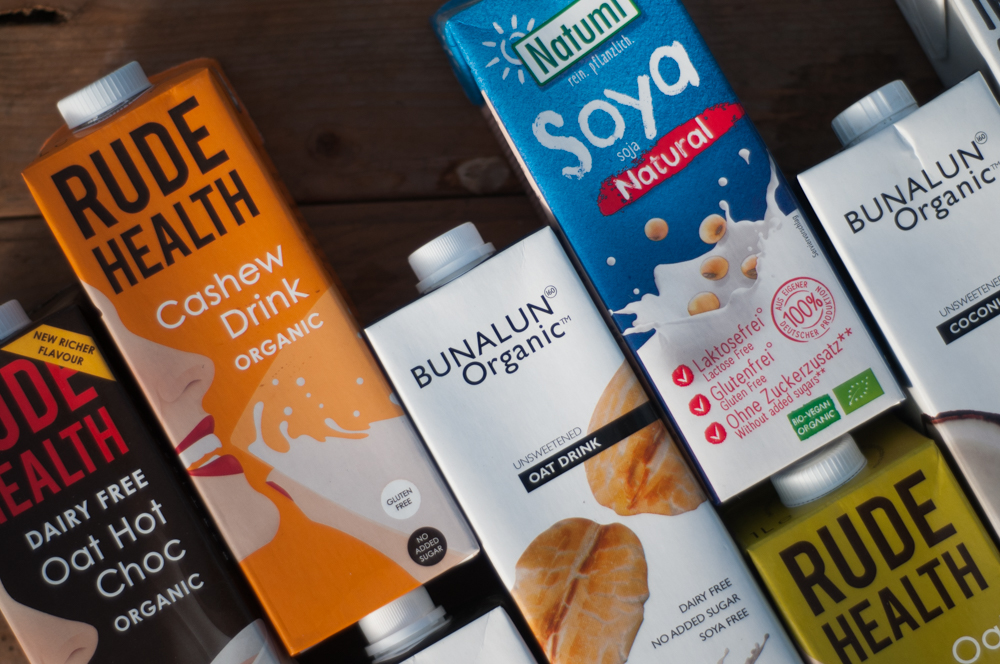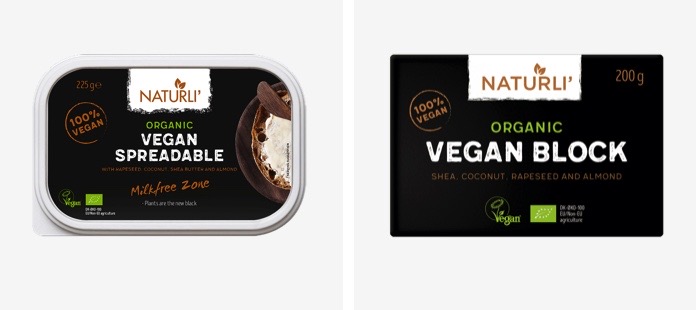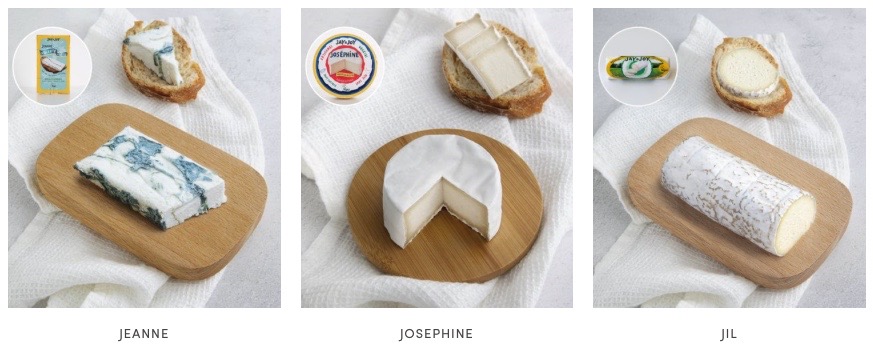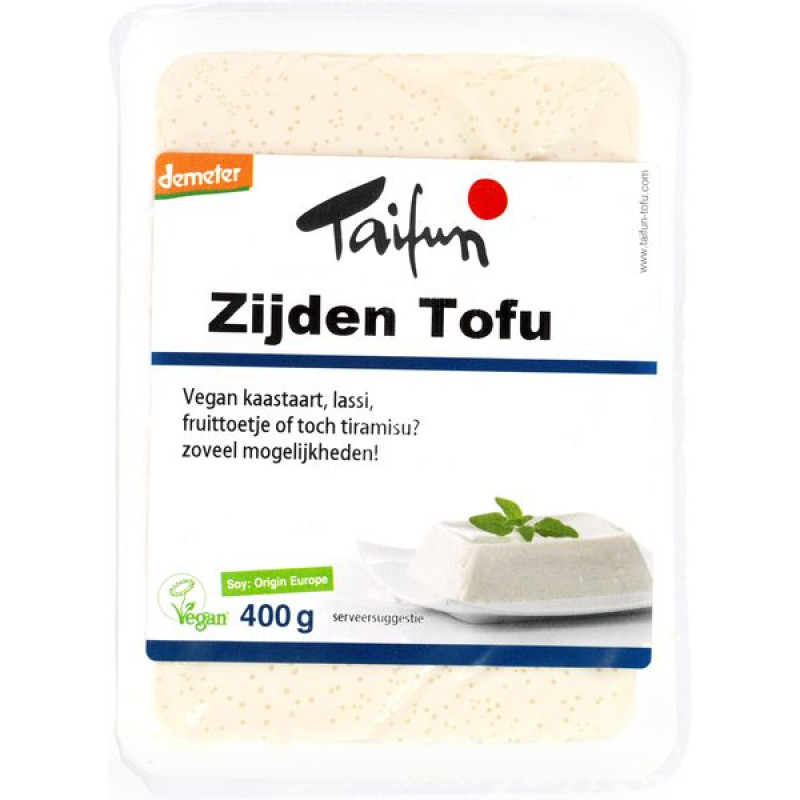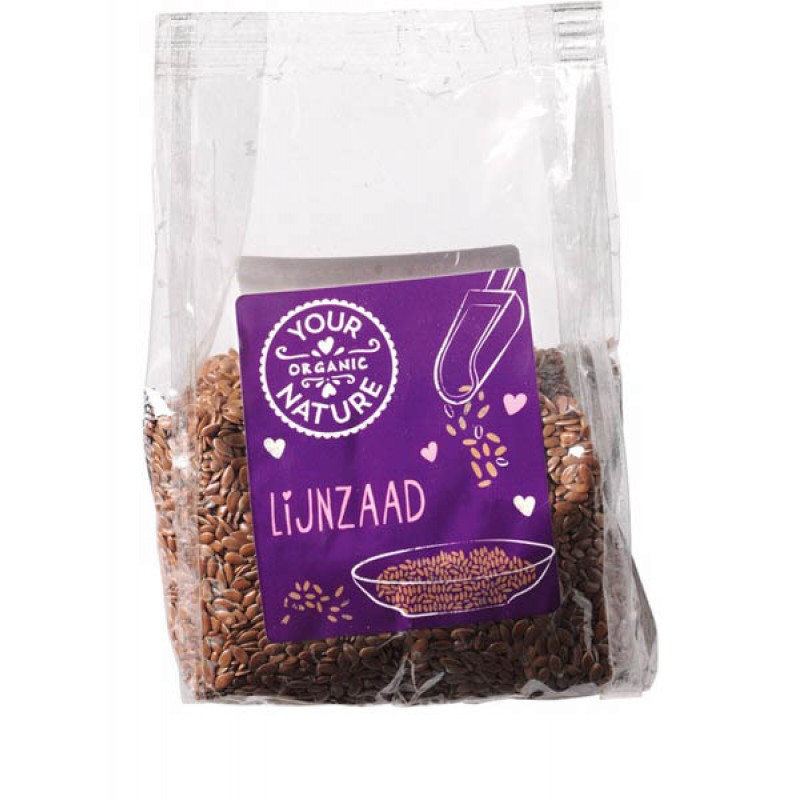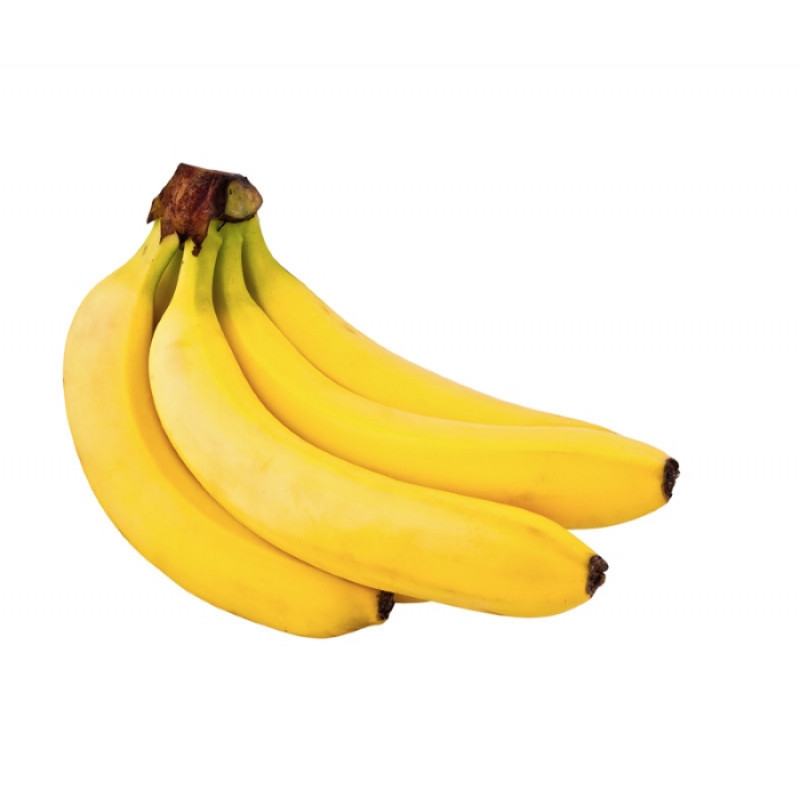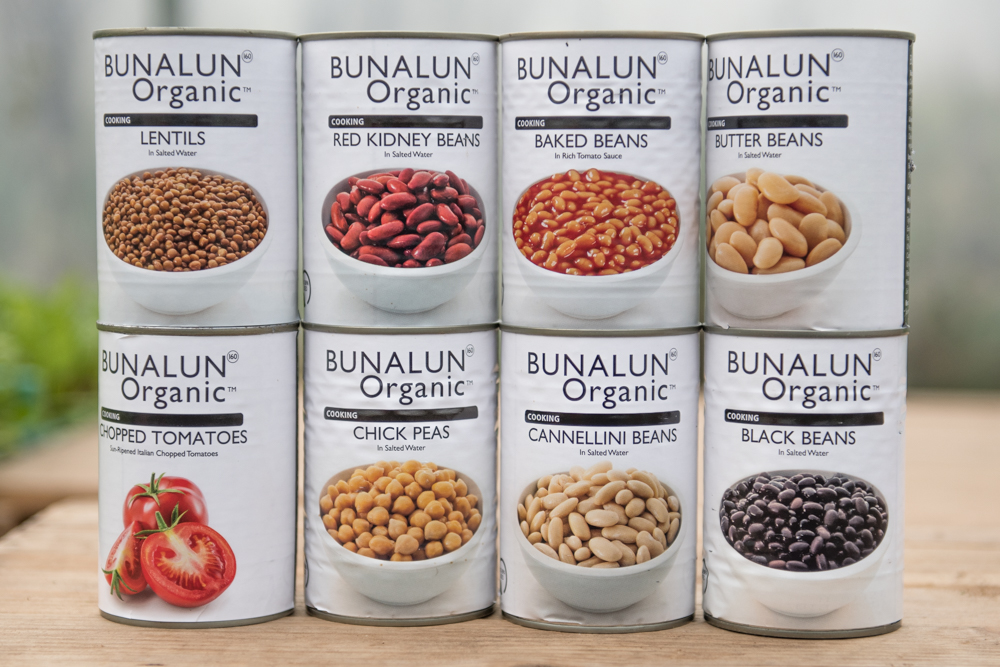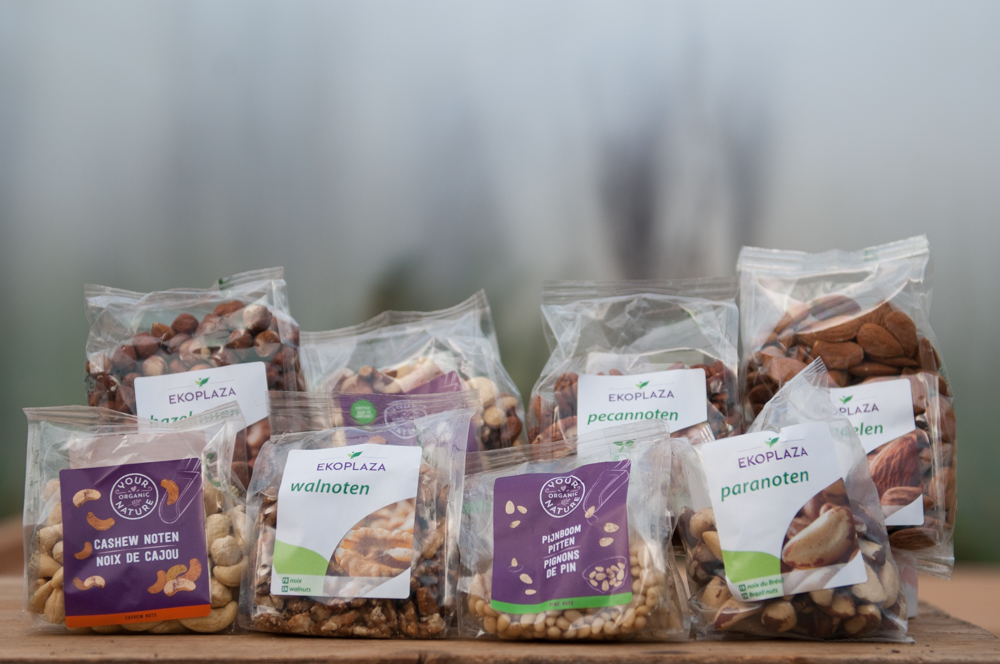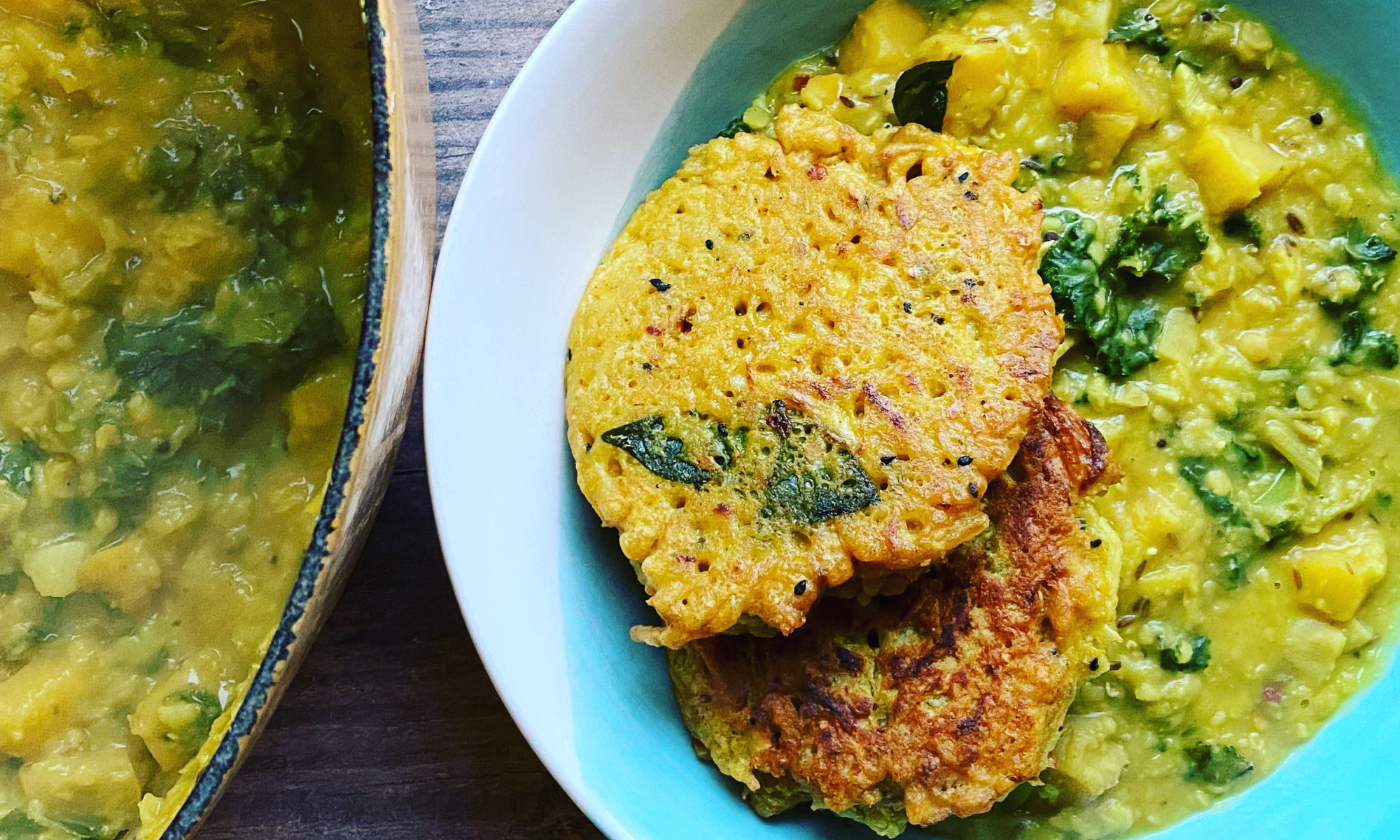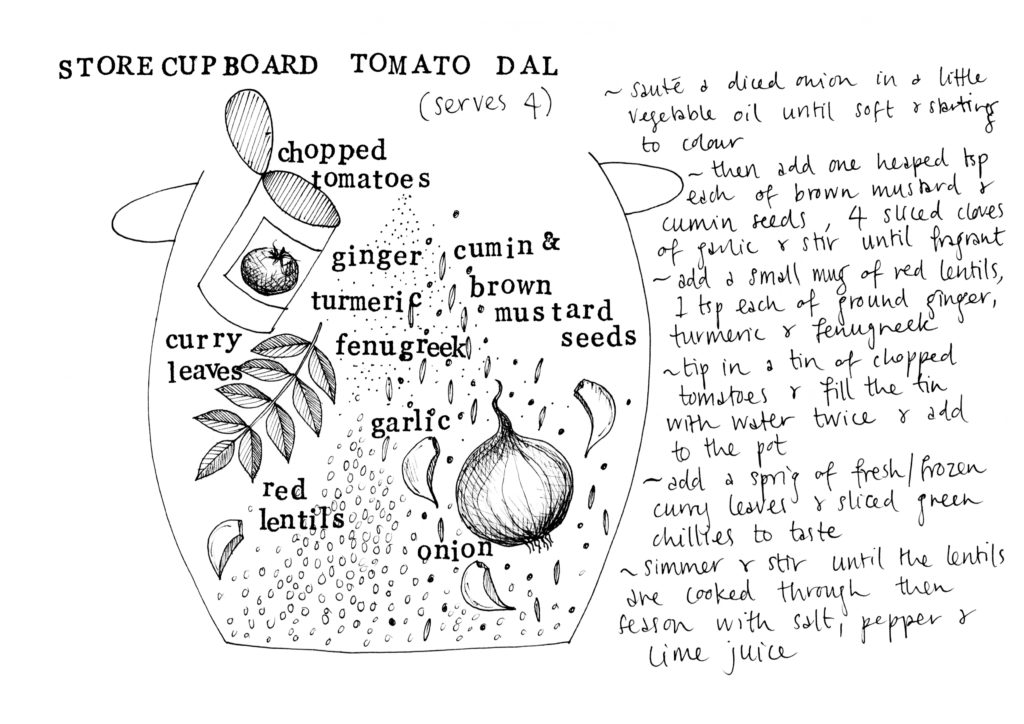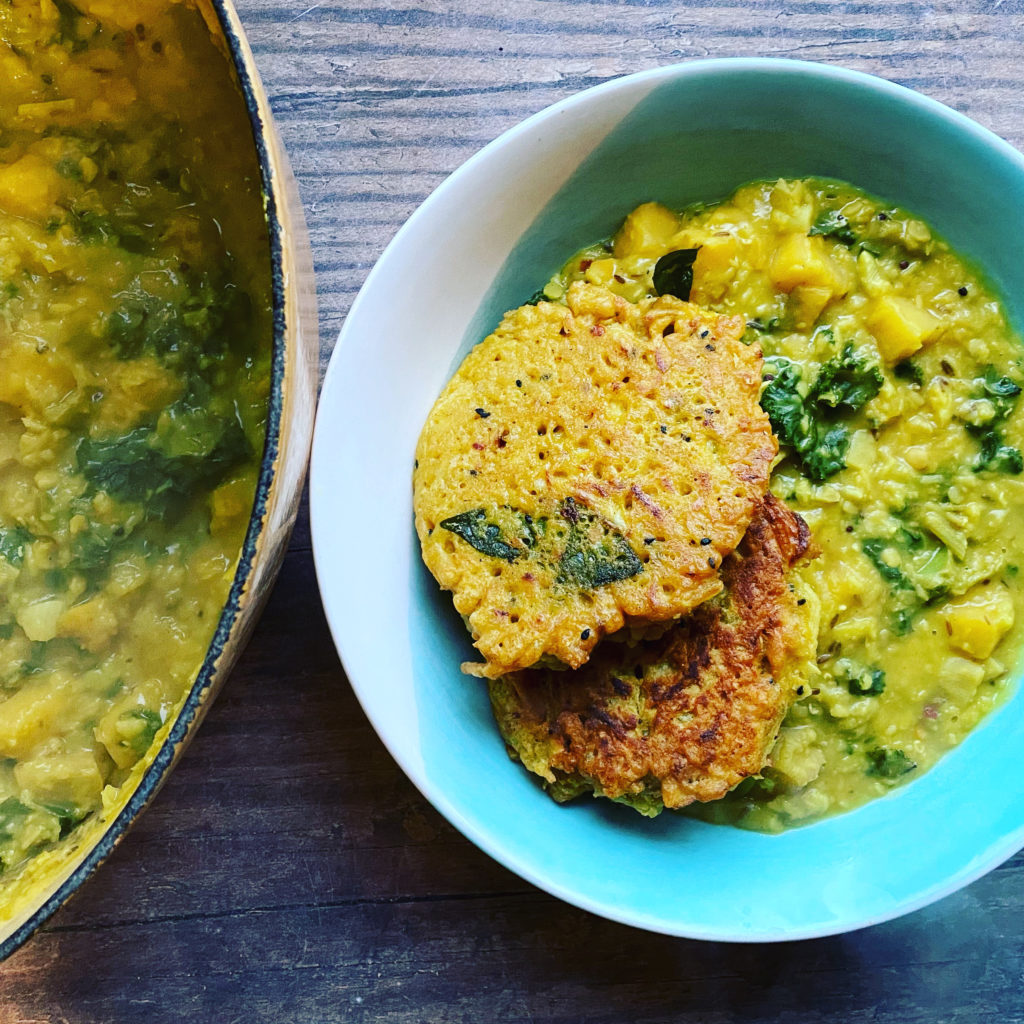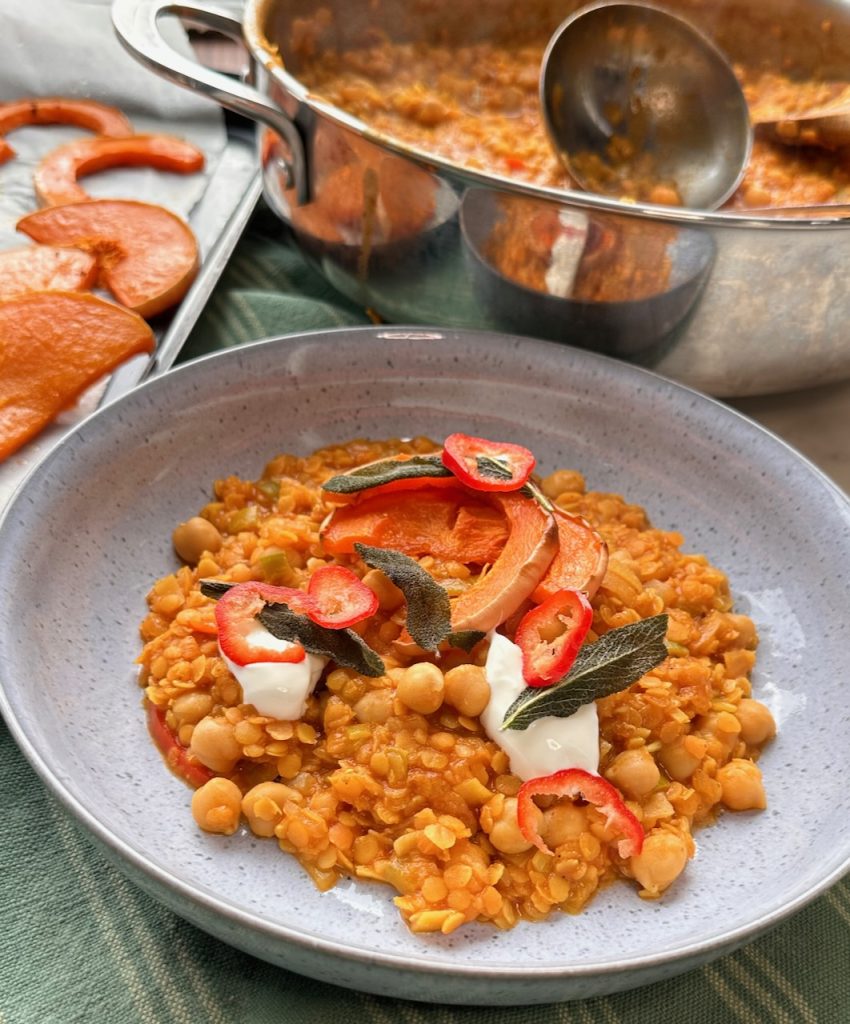
Chilly days call for a big bowl of nourishing goodness. And even when the cupboards seem bare, this spicy dahl can be whipped up with store cupboard staples. If you have some veg to use up you can roast it like my half butternut squash, or cauliflower, parsnips, carrots or beets.
You can go as spicy as you like here too with chilli flakes or fresh chillies. And amp up the garlic and ginger to ward off the winter bugs. So delicious and versatile and the perfect way to add more organic plants to your plate this January.
Lou x
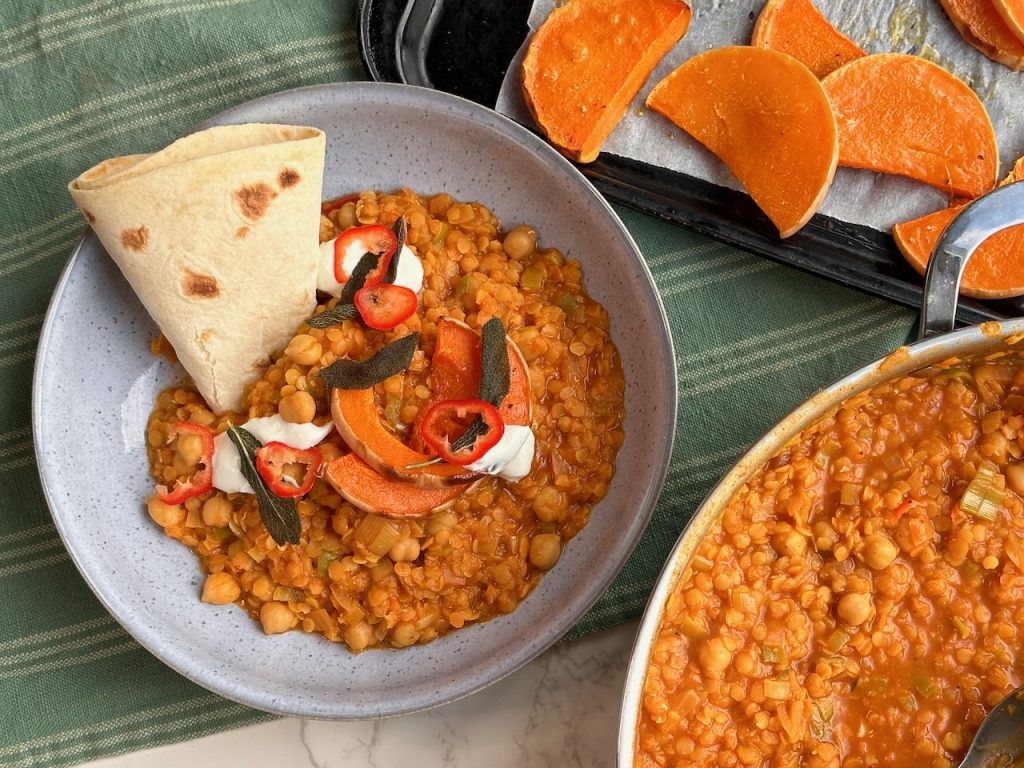
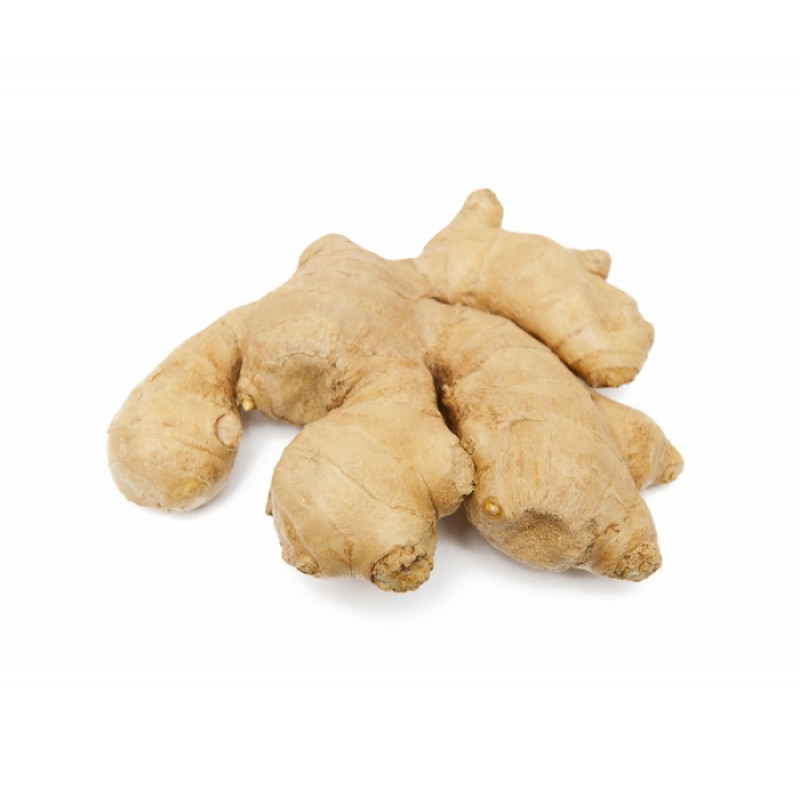
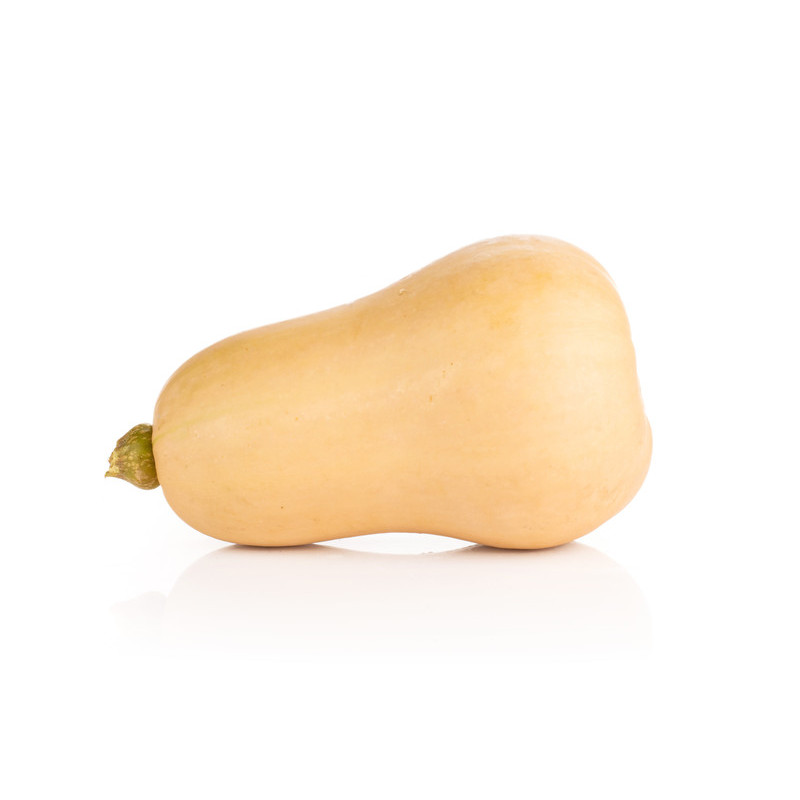
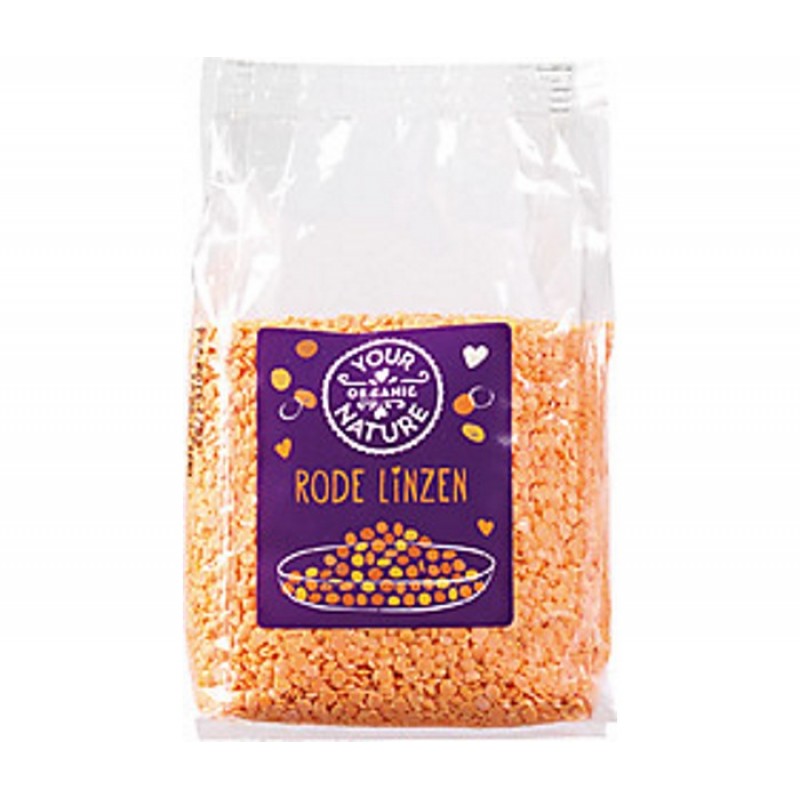
Ingredients: serves 4
- 1/2 butternut squash
3 tbsp olive oil
1 small white onion, diced small
4cm piece of ginger, grated - 4 cloves garlic, grated
- 1 small leek – diced small, optional
1/2 a fresh red chilli, finely chopped- or 1 tsp chilli flakes
Spice mix: 1 tsp ground coriander, 1 tsp cumin, 1 tsp turmeric, 1 tsp smoked paprika, 1 tsp Garam masala
1 tbsp tomato paste - 1 tbsp maple syrup
250g dried red split lentils, washed and drained
750ml veg stock - 1 tin chickpeas – drained
Salt and pepper to taste
More water to achieve desired consistency - To serve: plain yoghurt of your choice, fried curry or sage leaves, fresh chilli slices
- To make it stretch further, serve with boiled rice and flatbreads.
Method:
Step 1: Preheat the oven 180ºc. Slice the butternut squash into semi circles, place on a baking tray, drizzle with oil, a pinch of salt and roast until soft- about 30 minutes.
Step 2: Warm a wide pot on a medium heat, add 2 tablespoons of oil and gently cook the onions until soft. Then add the leek, garlic, ginger, spice mix, tomato paste, maple syrup, salt and pepper to taste, stir and cook for a couple of minutes. Add the washed lentils and veg stock. Stir and simmer for 15 minutes then add the chickpeas and cook for a further 20 minutes. Stir the lentils every few minutes to make them soupy and creamy.
Step 3: Check that the lentils are cooked, adjust the seasoning if needed. Then serve with the cooked butternut squash slices, yoghurt, sage leaves and fresh chilli slices.
